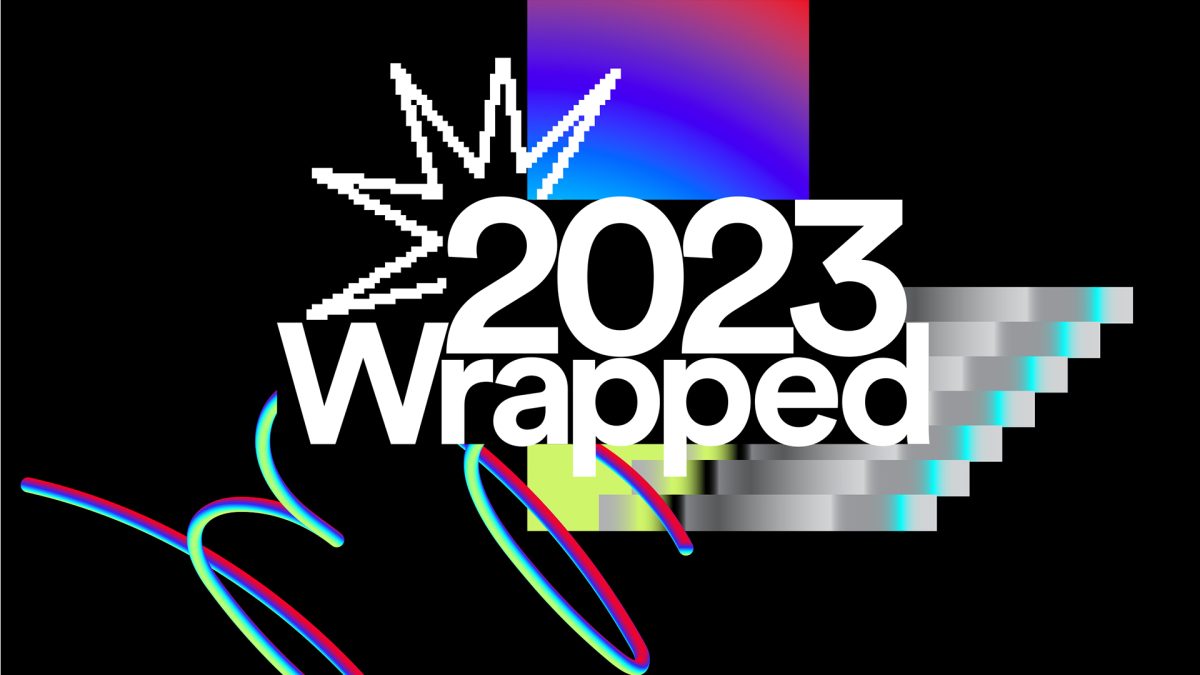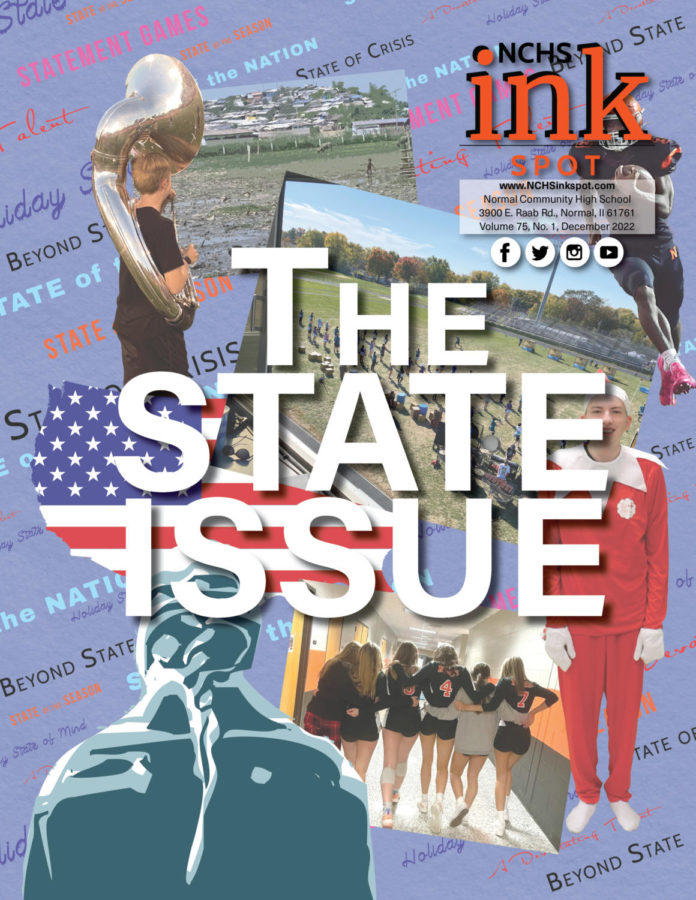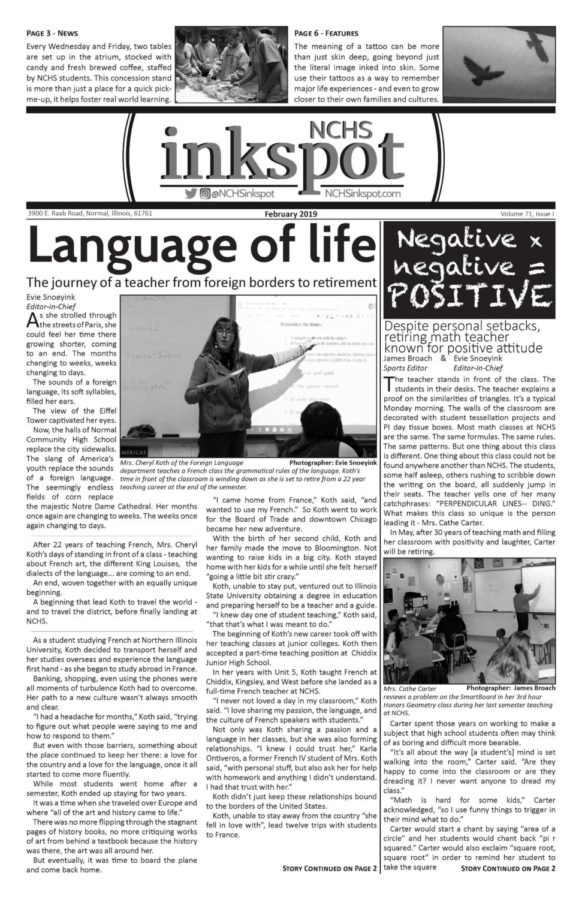The screen flickers on, and the opening notes of a timeless tune fill the room. A door swings open, and a familiar figure begins a quiet ritual: sweater zipped, sneakers laced.
Whether it’s animated or filmed, the gestures are the same—deliberate, comforting. A signal that it’s time to slow down, to listen, to feel safe.
From “Mister Rogers’ Neighborhood” to Daniel Tiger’s, the format has remained largely unchanged—as well as the message.
For generations, the gentle ding of a red trolley has transported viewers to a world where kindness is prevalent, emotions are named, and make-believe makes the real world a little easier to understand.
But that world—sincere, slow, and publicly funded—may not be waiting on the other side of the screen for much longer.
On May 1, President Donald Trump signed an executive order directing the Corporation for Public Broadcasting to halt all taxpayer funding for public media, one source of support for both the Public Broadcasting Service (PBS) and National Public Radio (NPR) stations.
The legislation cites alleged political bias and the need to curb federal spending.
Congress allocated $535 million to the Corporation for Public Broadcasting (CPB) for 2025, making them the networks’ largest single funding source. The CPB funds make up about 15% of PBS’s budget and 10% of NPR’s.
Critics warn that the move will disproportionately affect children’s programming and rural communities—those most reliant on free, educational media.
That concern intensified after the CPB confirmed that the Department of Education had terminated a federal grant program supporting children’s educational content. The cancellation of the Ready To Learn initiative cut $23 million in funding earmarked for PBS Kids shows and interactive learning tools.
Programs like “Mister Rogers’ Neighborhood,” “Sesame Street,” “Alma’s Way” and “Carl the Collector” have long helped shape generations of children, teaching values of empathy, curiosity and inclusion.
Now, the loss of funding raises questions about how this will affect future generations’ access to educational content.
At Community, students reflected on how PBS programming helped shape their earliest understandings of the world—and what it would mean to lose it.
For junior Karman Singh, PBS shows like “Caillou,” “Wild Kratts,” “Sesame Street” and “Daniel Tiger” were a staple of her childhood.
But as a preschool and elementary school student, Singh said, she wasn’t focused on the educational content at the core of those shows.
“If I’m honest,” Singh said, “I didn’t focus on the lessons.”

But Singh had access to cable and streaming services—alternatives many rural families can’t afford or access.
In communities where broadband is limited and commercial media options are scarce, PBS is a lifeline.
According to PBS, 60% of its audience lives in rural communities, where reliable high-speed internet and cable infrastructure often lag behind.
Instead, she said the appeal was simple: “It was entertaining.”
That’s part of PBS’s strength, Singh suggested—the shows taught without feeling like lessons.
“They did have lessons in them,” she said, but that wasn’t the draw.
The network’s blend of entertainment with education, Singh said, helped its programs serve “as building blocks.”
Without PBS Kids, Singh said, “I don’t know what else I would have been watching.”
Singh is against defunding PBS, saying it is “something that was really important to my childhood.” She believes it is something future generations should have access to.
“It shouldn’t be taken away,” Singh said.
For sophomore Parker Beal, the first PBS show that comes to mind when he thinks of PBS Kids is “Sesame Street,” a program that, in 2016, moved its first-run episodes to HBO due to funding cuts, limiting access for children without cable or streaming subscriptions.
Now, with PBS facing broader funding threats, the future of programs like the ones Beal grew up with is uncertain.
But Beal was far from a one-show viewer. He recalled watching a wide range of PBS programming—including “Clifford the Big Red Dog,” “Daniel Tiger’s Neighborhood” and, especially, “Wild Kratts.”
“I think I watched all of them,” Beal said.
“Wild Kratts,” the animated series that blends biology with superhero storytelling, stood out for its ability to make learning fun.
“You’d always learn to love animals and, like, love nature and everything,” Beal said. “They taught a lot of good information.”
Beal also remembered watching shows like Daniel Tiger’s Neighborhood, a program he said stood out not just for its colorful characters, but for its substance.
“I liked Daniel Tiger a lot,” Beal said. “I liked his messages… there was always a good story.”
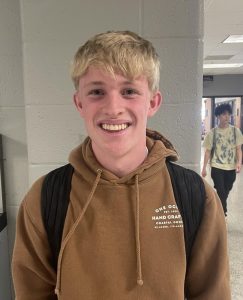
He noted that across all the PBS shows he watched, a common message stood out.
“Every show on PBS that I watched always talk[ed] about honesty and caring for others,” he said. “I think that was a major theme.”
That emphasis on values, he said, feels less common in kids’ programming today.
“I feel like a lot of shows today are more for, like, just fun instead of actually learning a message.”
But PBS, Beal said, was different.
And the loss of funding would negatively impact kids, junior Jacob Keunl believes.
“Kids,” Keunl said, “would be missing out if they don’t grow up with PBS.”
Keunl echoed other students’ concerns about the shift in children’s programming, pointing out a decline in meaningful content.
“The shows nowadays are just focused on entertainment,” he said, lacking “substance” and empty of “any lessons.”
“Nickelodeon specifically,” Kuenl said—“is pretty bad. It’s just entertaining,” prioritizing humor over heart.
For junior Dasani Woods said the value of PBS shows became clearer in hindsight, offering “life lessons” on large social values “like responsibility.”
Woods added that while she hadn’t thought about it at the time, PBS programs also offered representation and diversity—something she now recognizes as important.
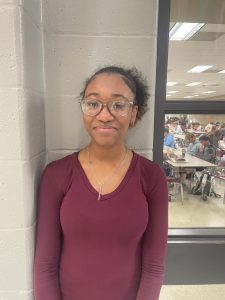
Looking back, Woods said PBS’s diversity mattered. Shows like “Alma’s Way,” which centers on a Puerto Rican girl from the Bronx, or “Molly of Denali,” which follows an Alaska Native protagonist, offered representation rarely seen elsewhere on children’s TV. “Xavier Riddle and the Secret Museum,” “Rosie’s Rules”, and “Arthur” also featured diverse characters, families and voices—reflecting a wider world many young viewers saw themselves in.
That visibility matters, as Woods said, television is often a child’s primary form of media exposure.
“It’s a good way for them to learn,” Woods said.
For junior Noah Simms, PBS Kids shows like “Cyberchase,” “Arthur” and “Wild Kratts” were regular viewing—often three times a week, he said.
While Simms described himself as “naturally good” at early learning skills like reading and math, he acknowledged that shows like “Wild Kratts” still helped reinforce positive messages.
The show’s environmental themes stuck with him, encouraging respect for animals and the natural world.
And when it came to resolving conflict, “Arthur” left an impression—even if it was for an infamous scene.
“There’s that one episode where Arthur punches his sister,” Simms said. “That’s the best episode. Because he gets in huge trouble.”
Simms said the show offered him an important lesson when it came to handling his emotions.
“I learned how to not make it physical,” Simms said.
When asked if future kids should have the opportunity to watch shows like Wild Kratts, Simms didn’t hesitate.
Simms said newer shows and other network’s childrens’ programming lacks the same impact.
“Every show now is literally brain rot,” he said, but “there wasn’t any stupid stuff in PBS Kids”
The educational content of PBS disguised as entertainment was perfect for children. It helps develop a person’s values and character early on.
“I think it’s really interesting that the TV network that’s getting canceled is the one that’s specifically very educational,” Sims said, “our country is getting dumber and dumber every year, and this is why. It’s rooted in the children.”


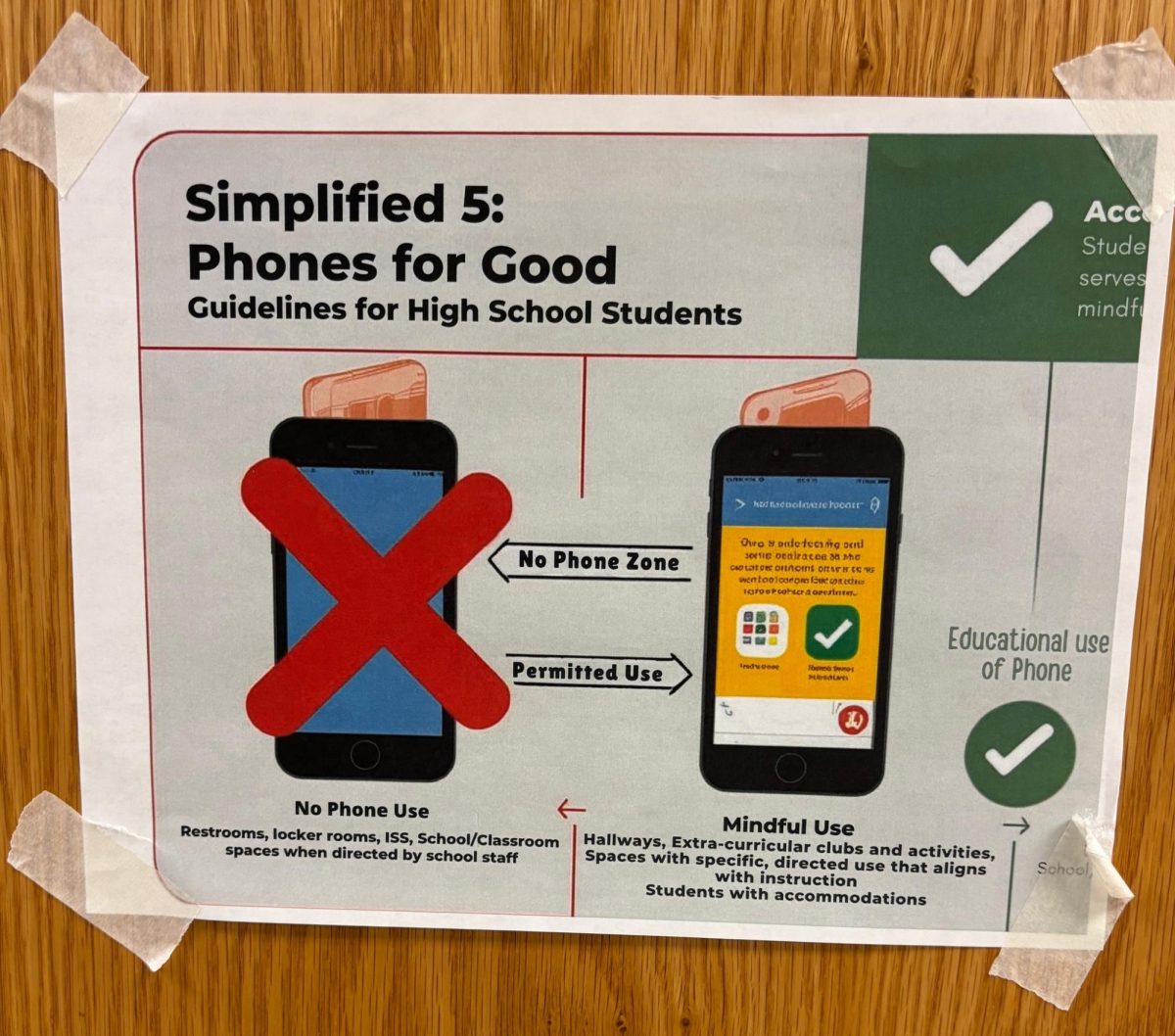
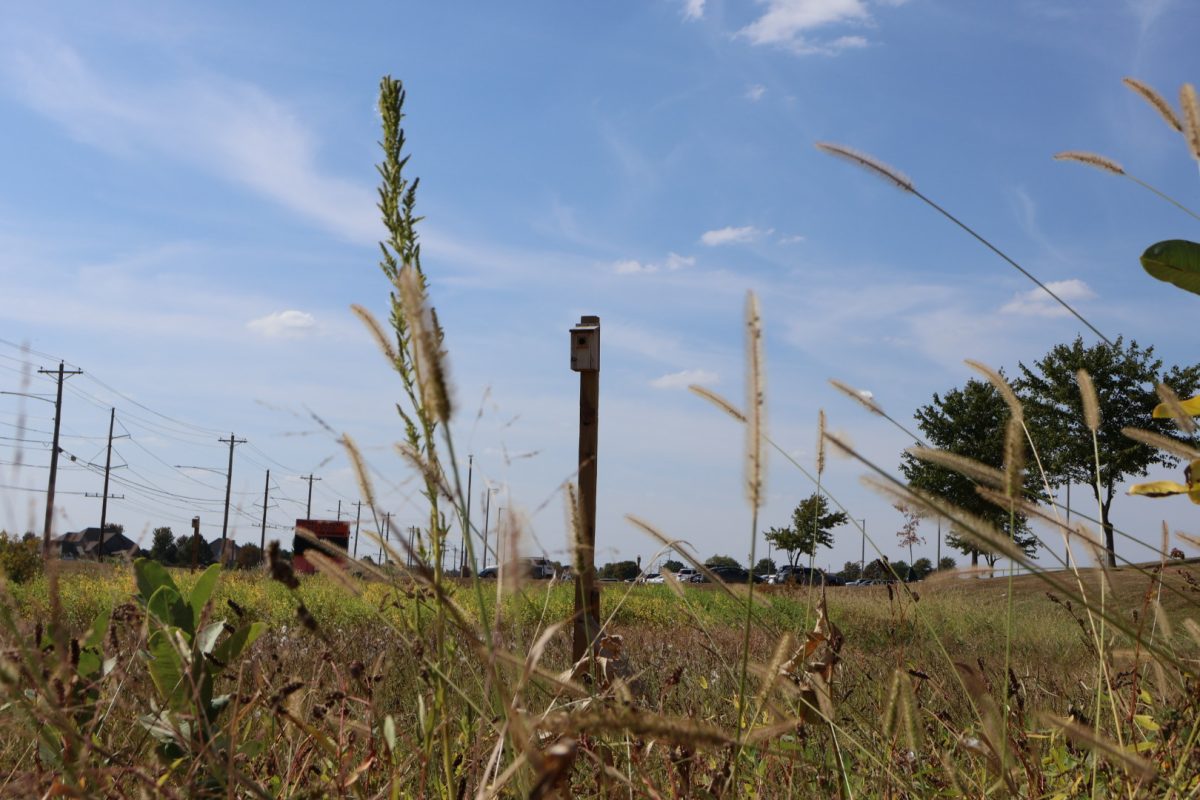
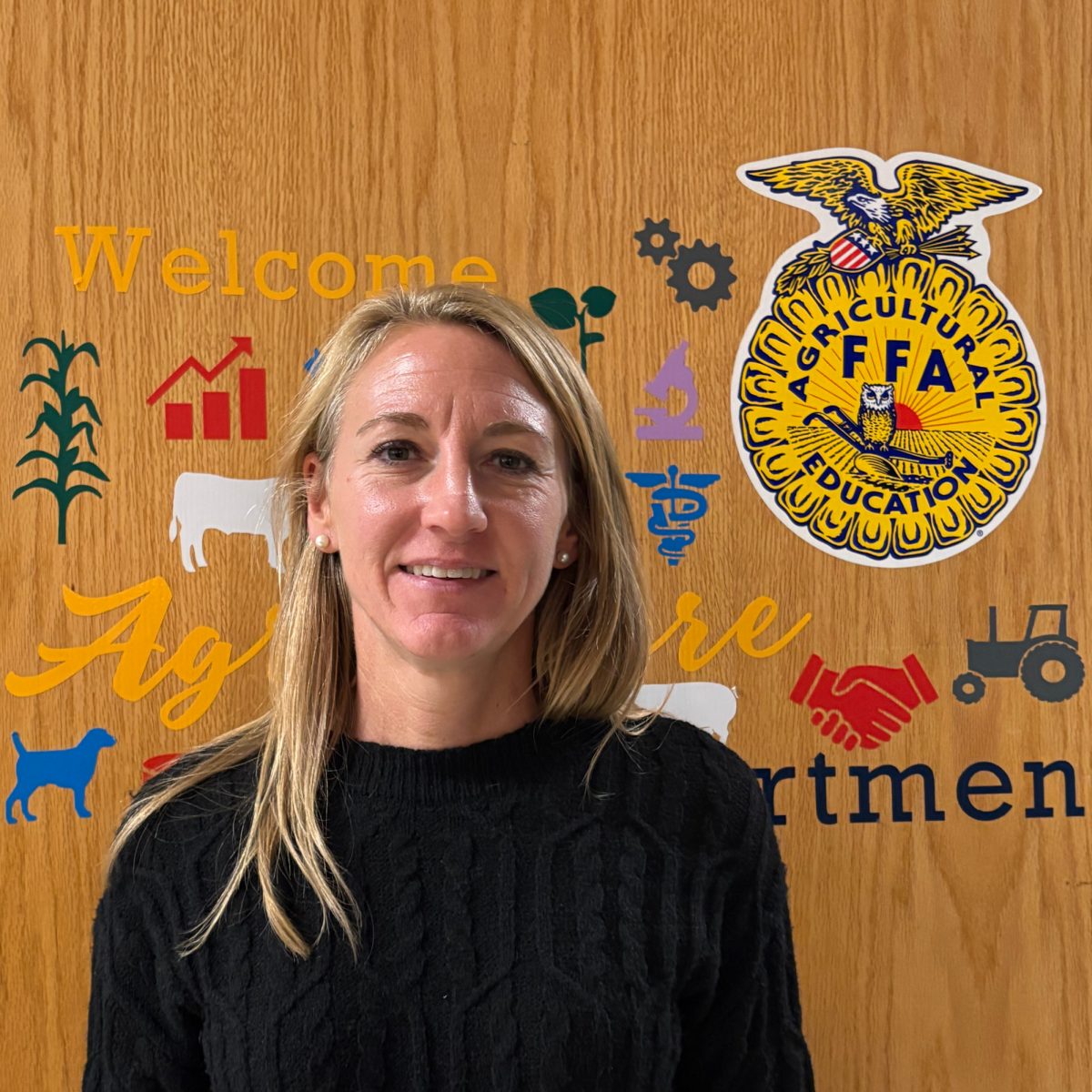
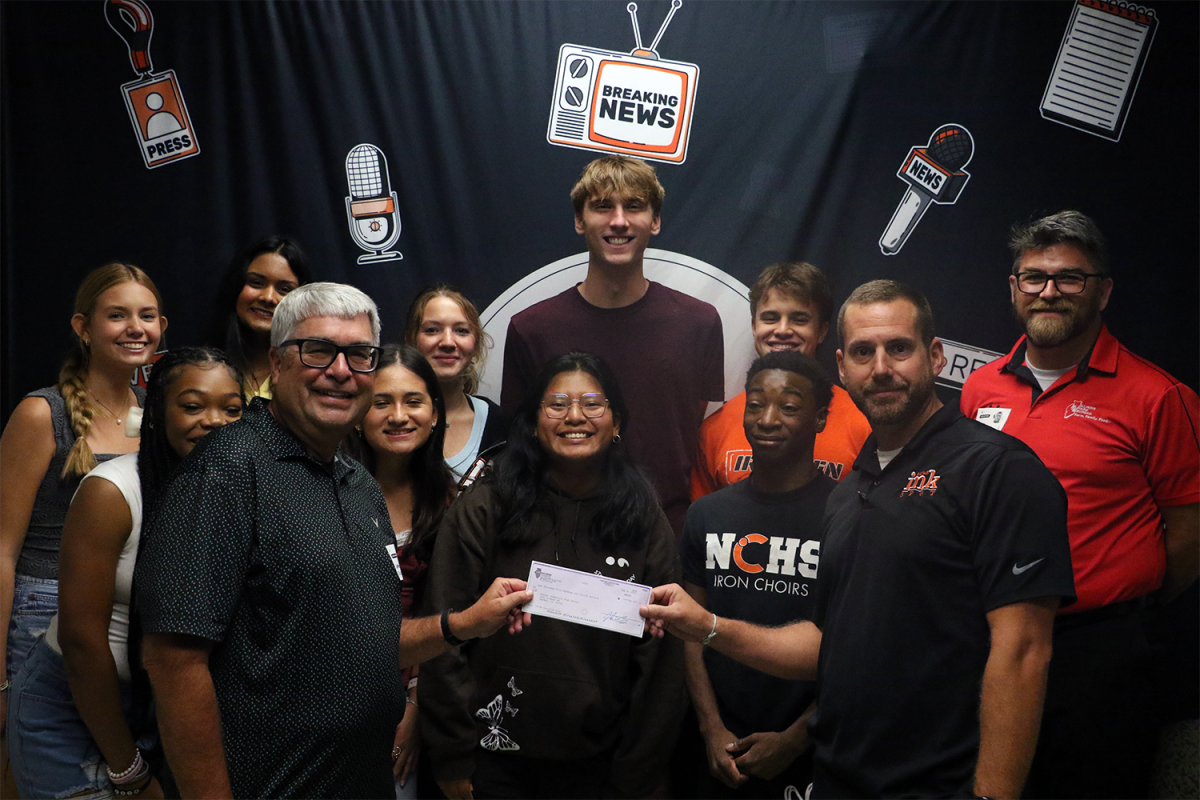



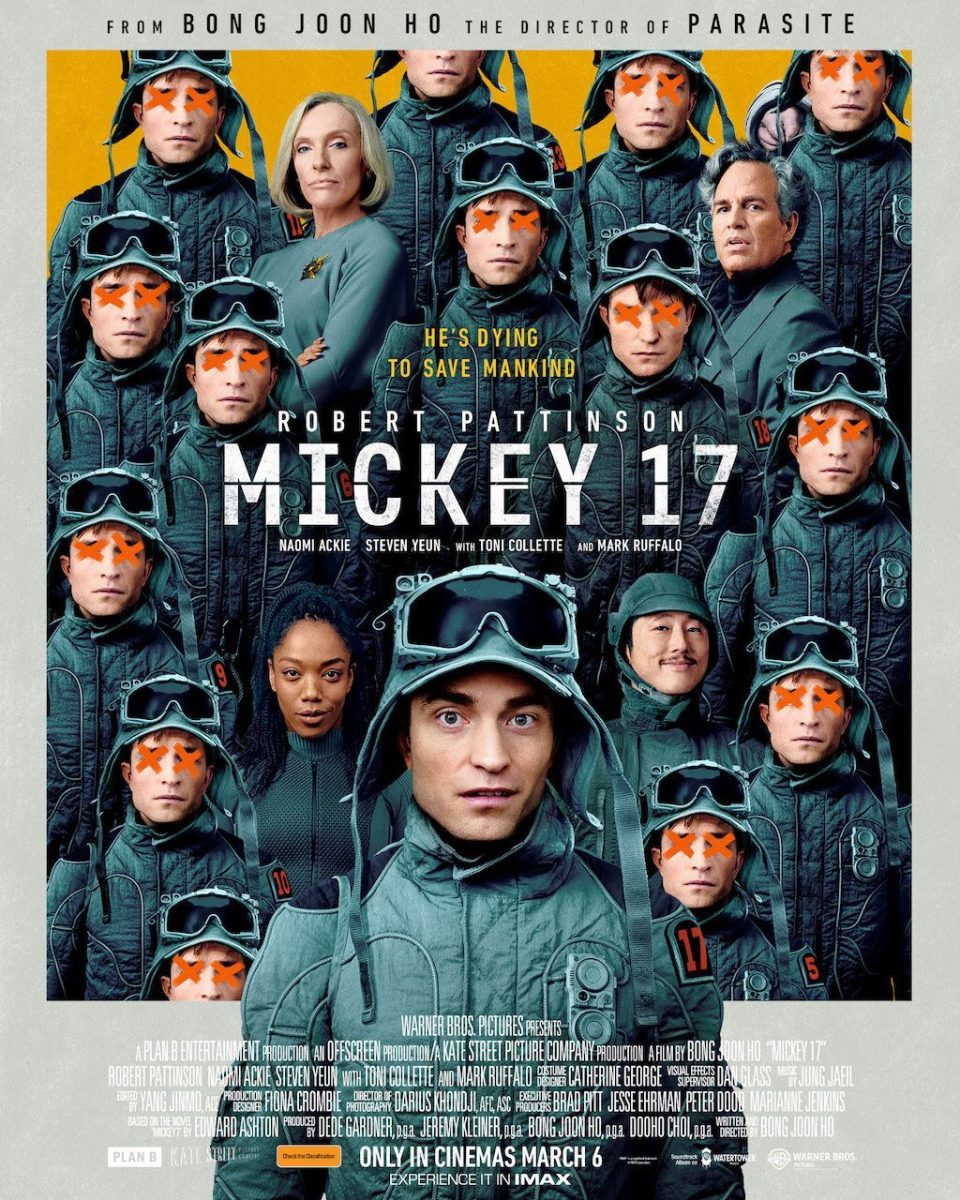
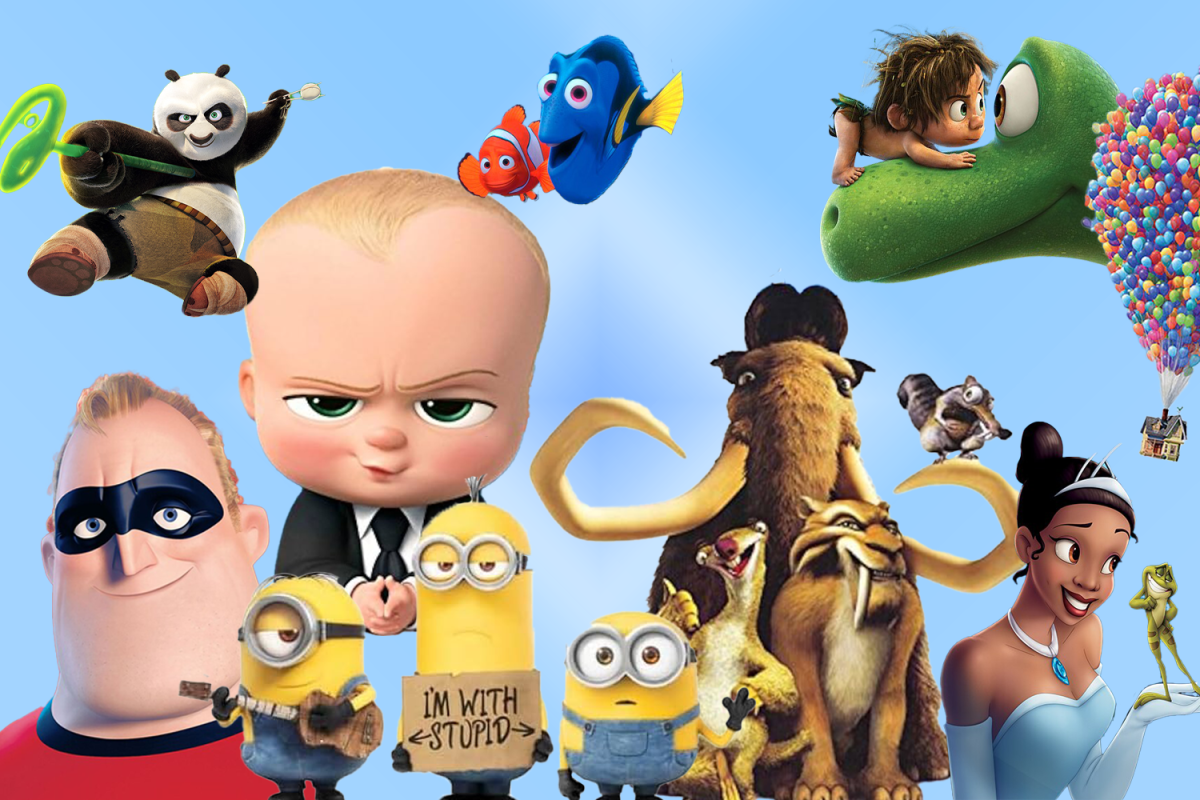
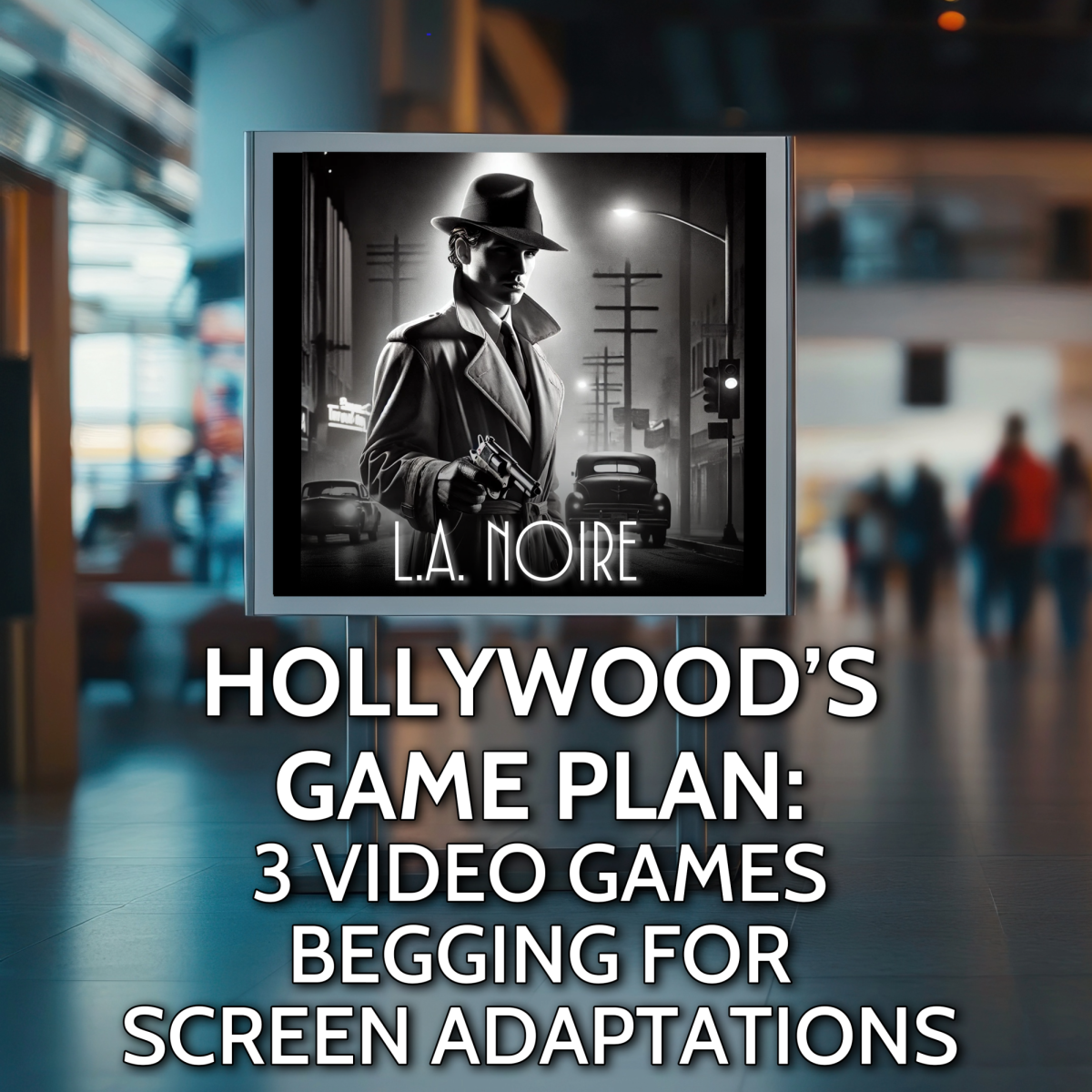
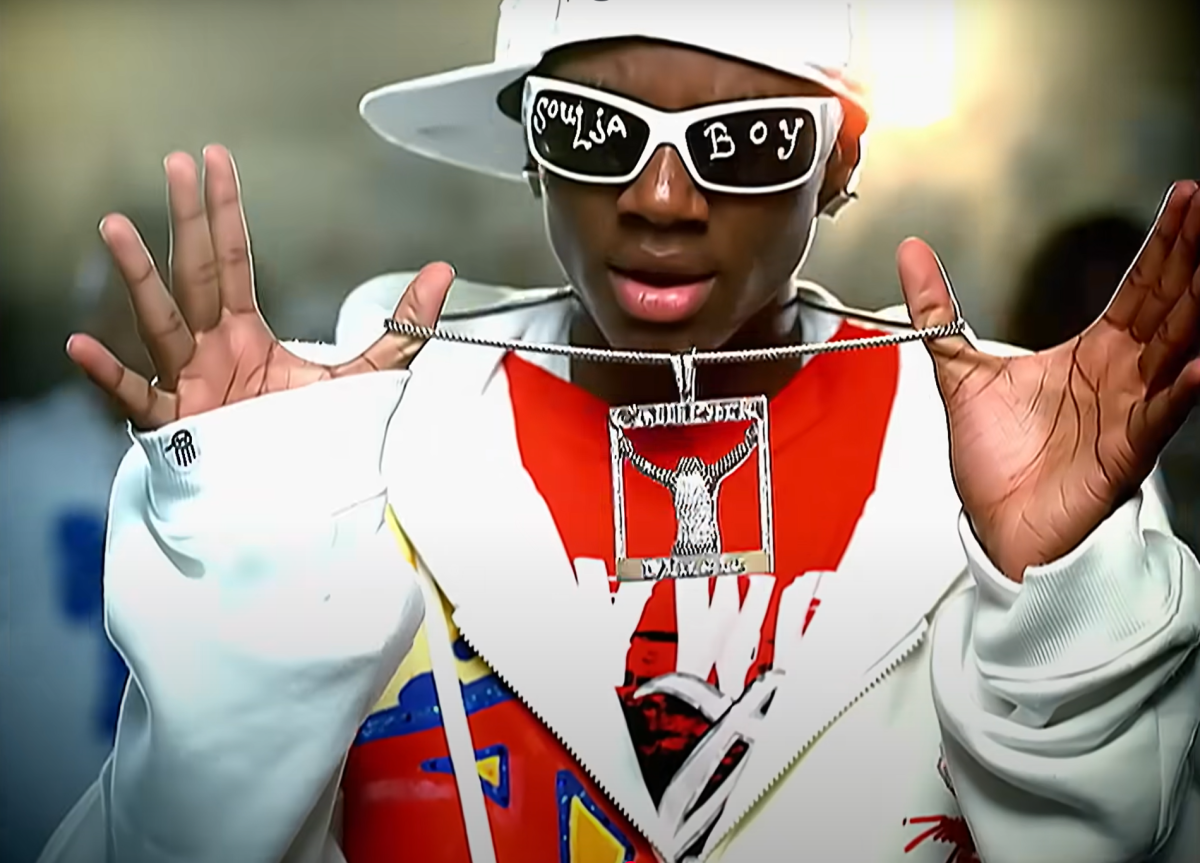
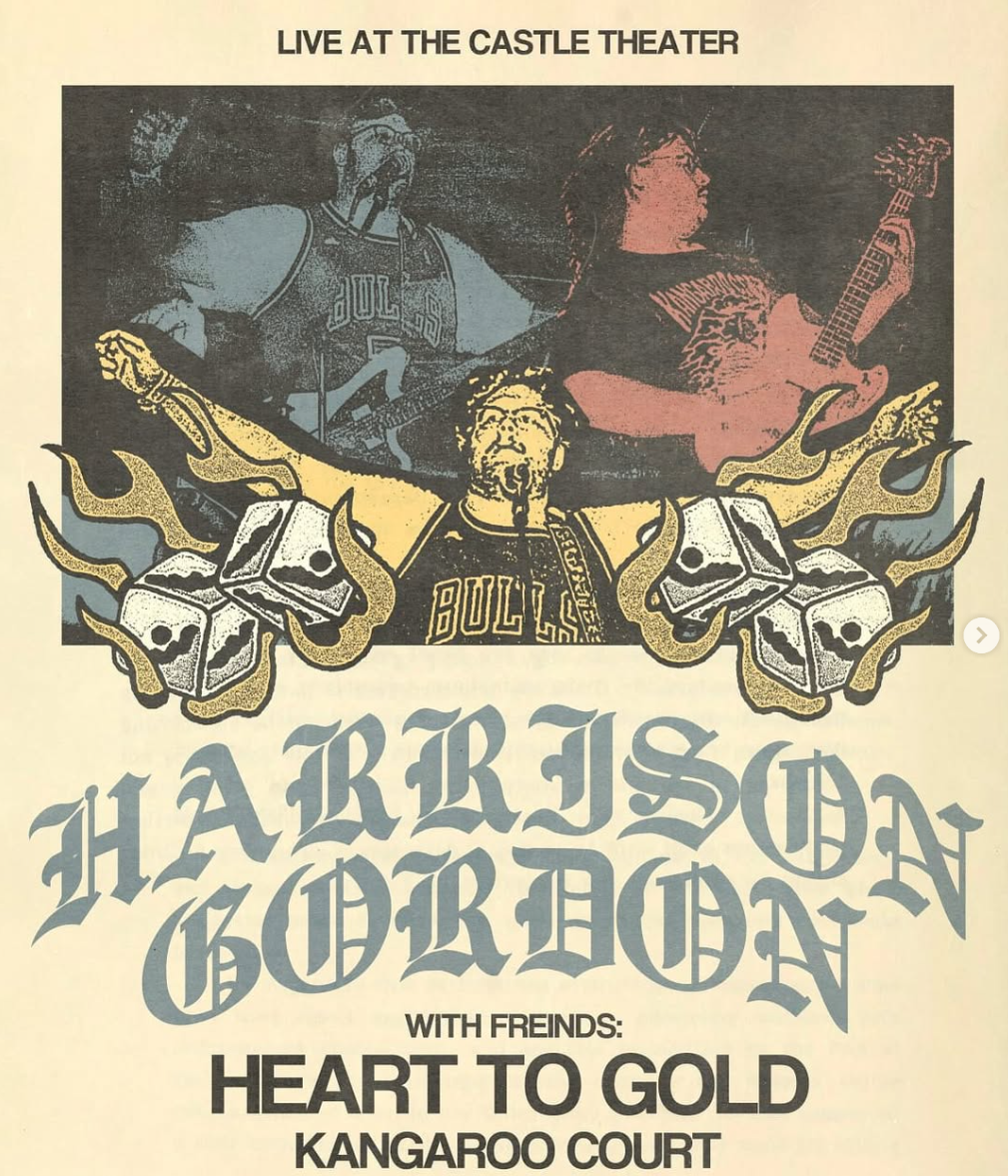
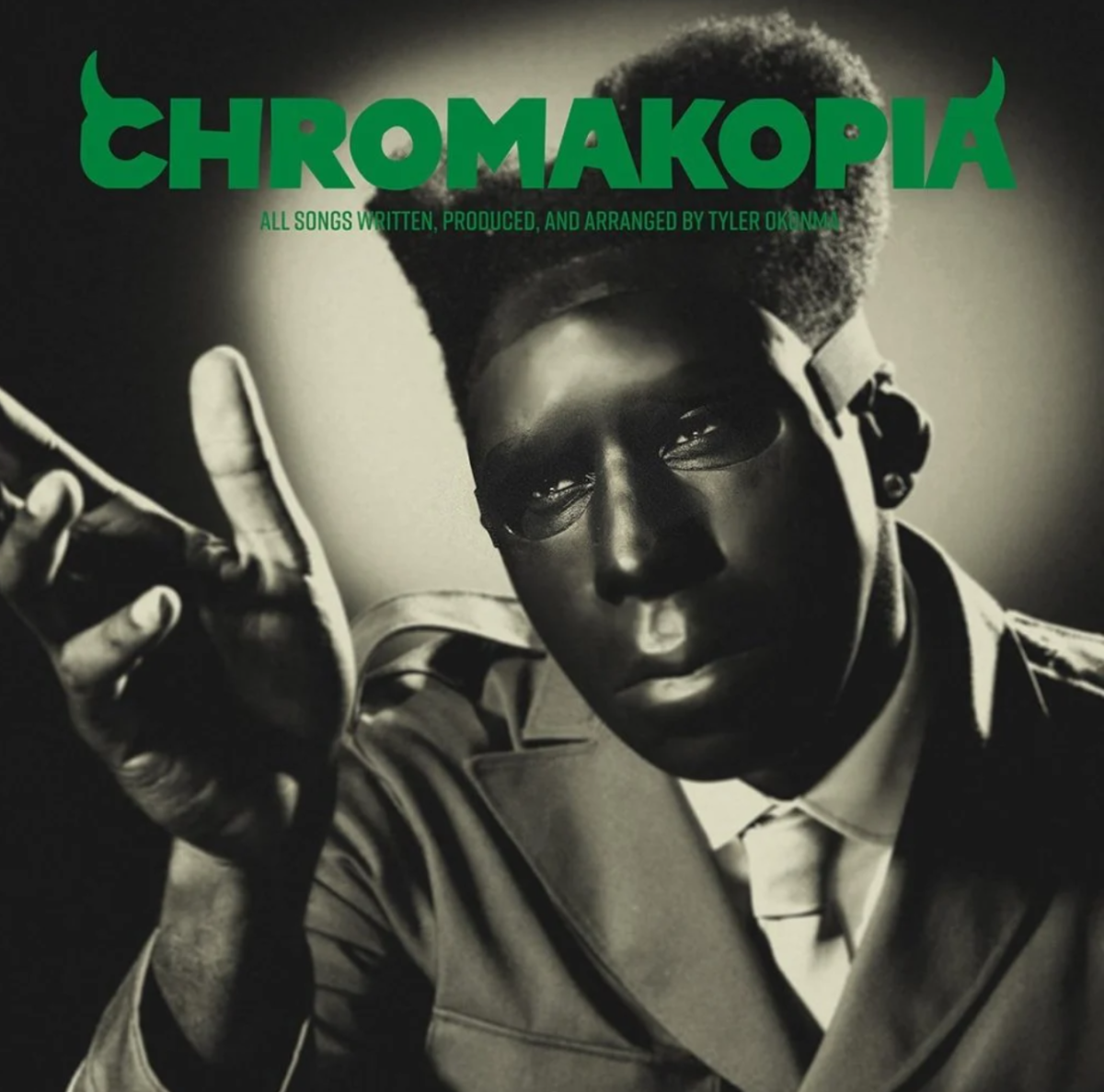
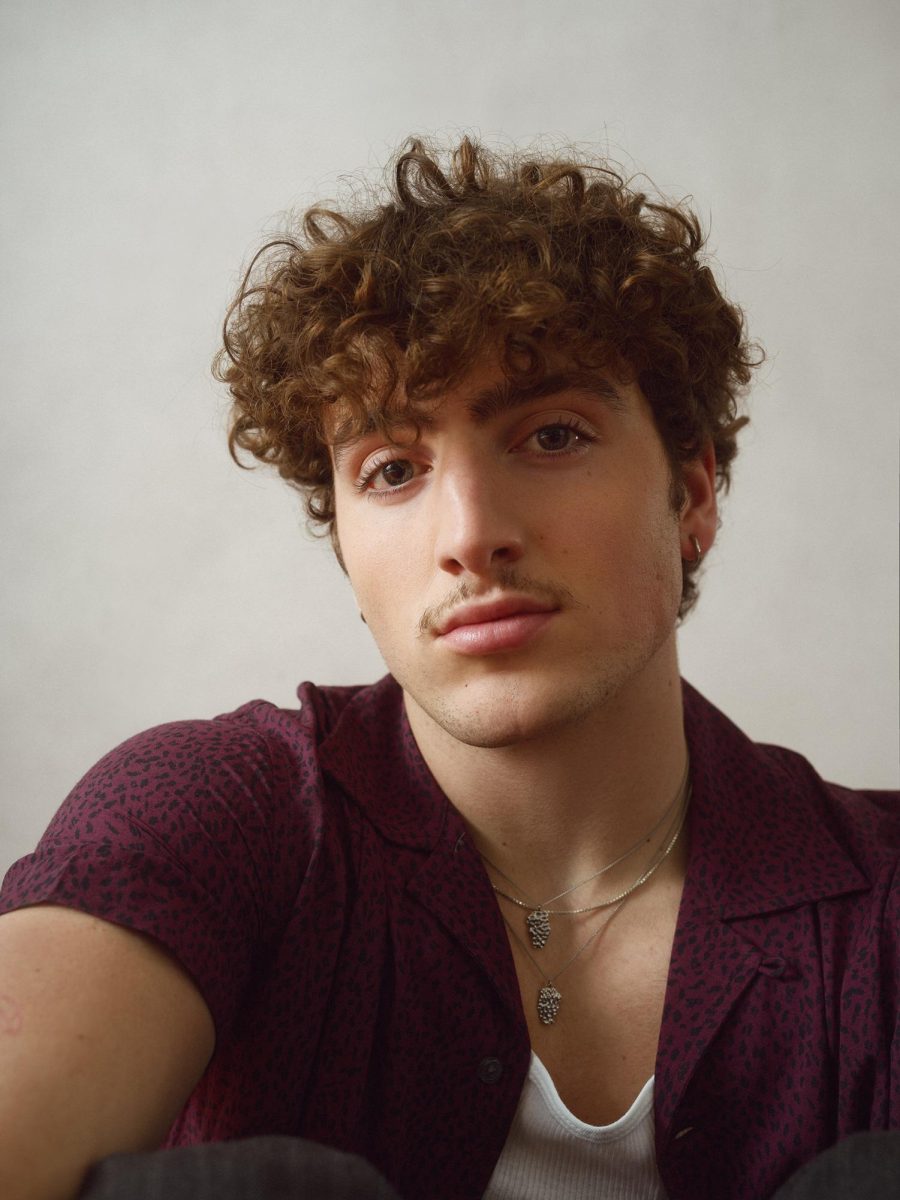
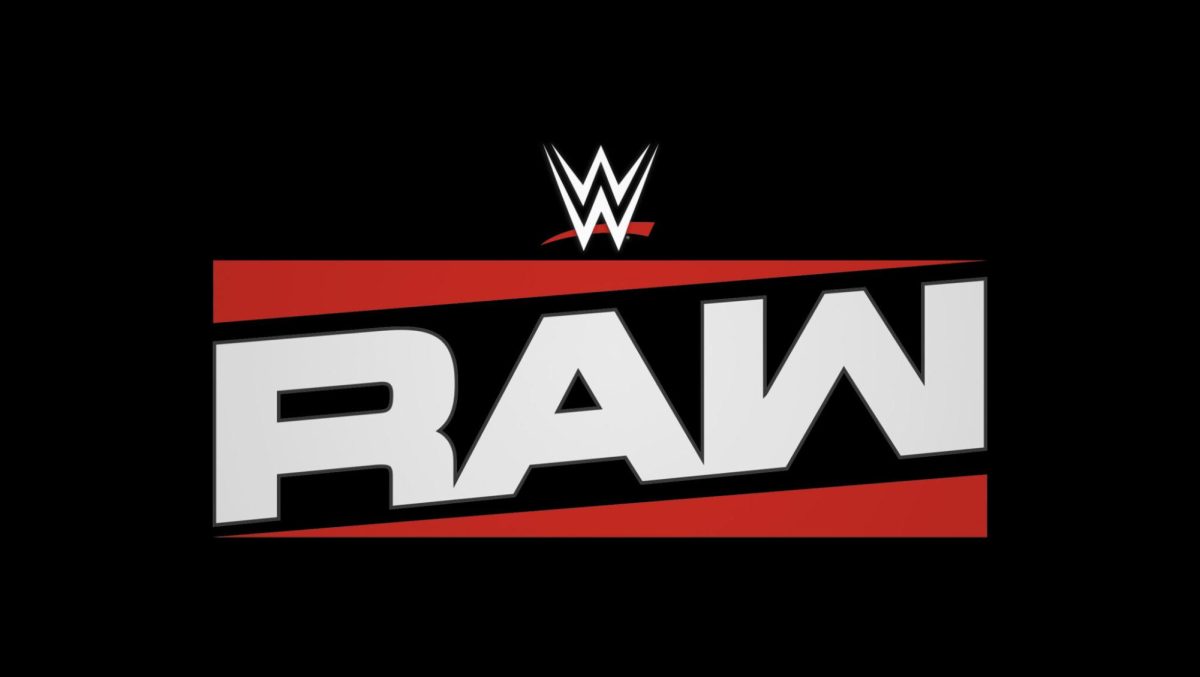

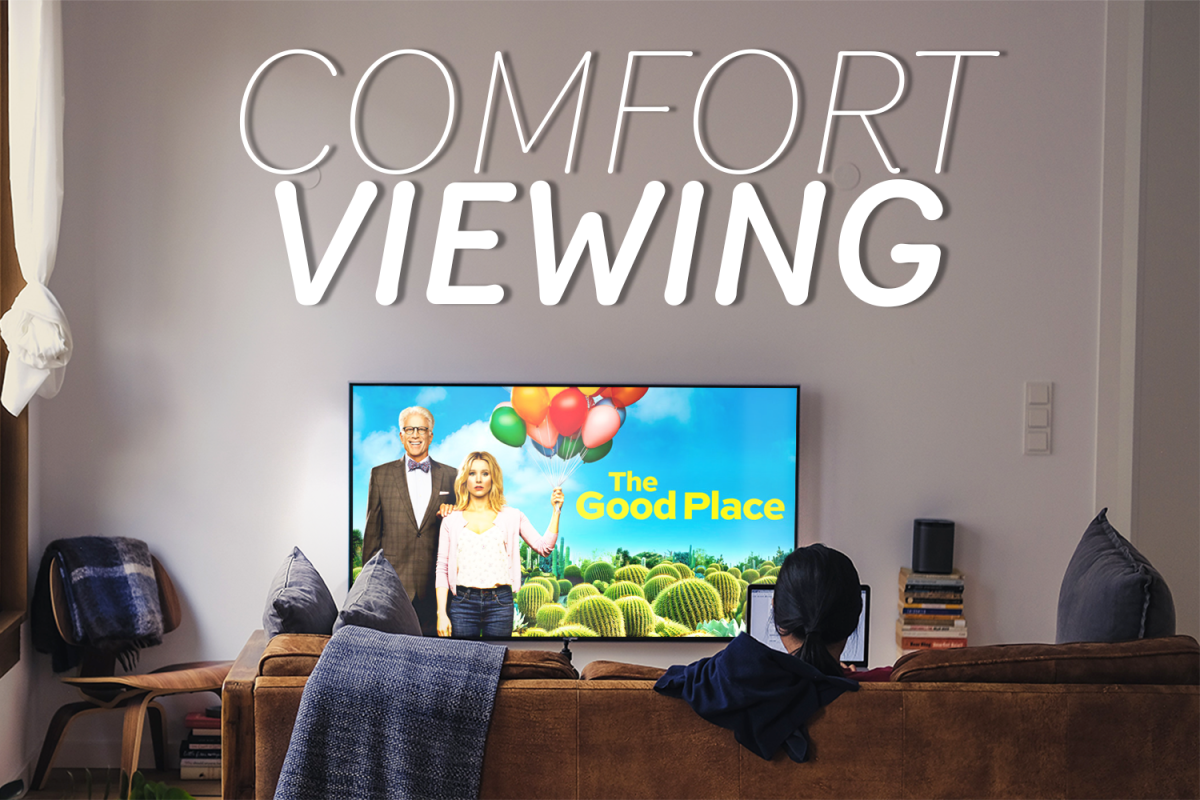
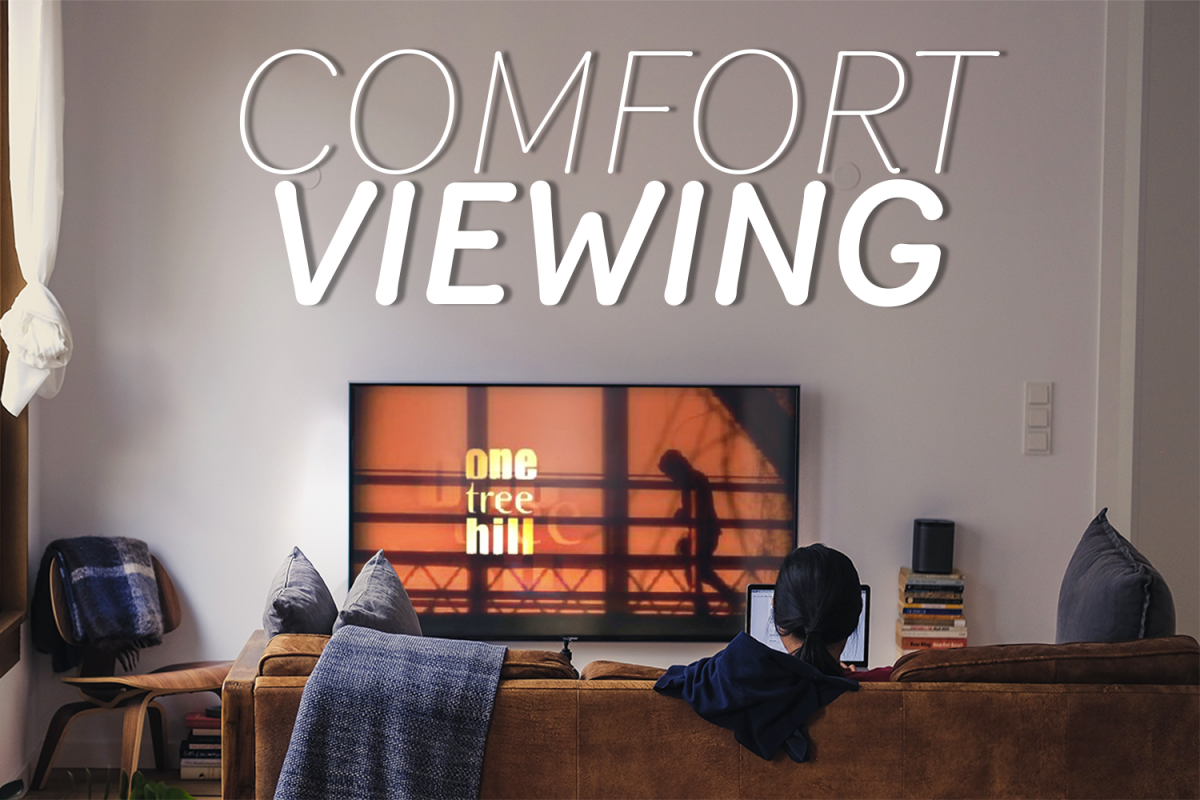
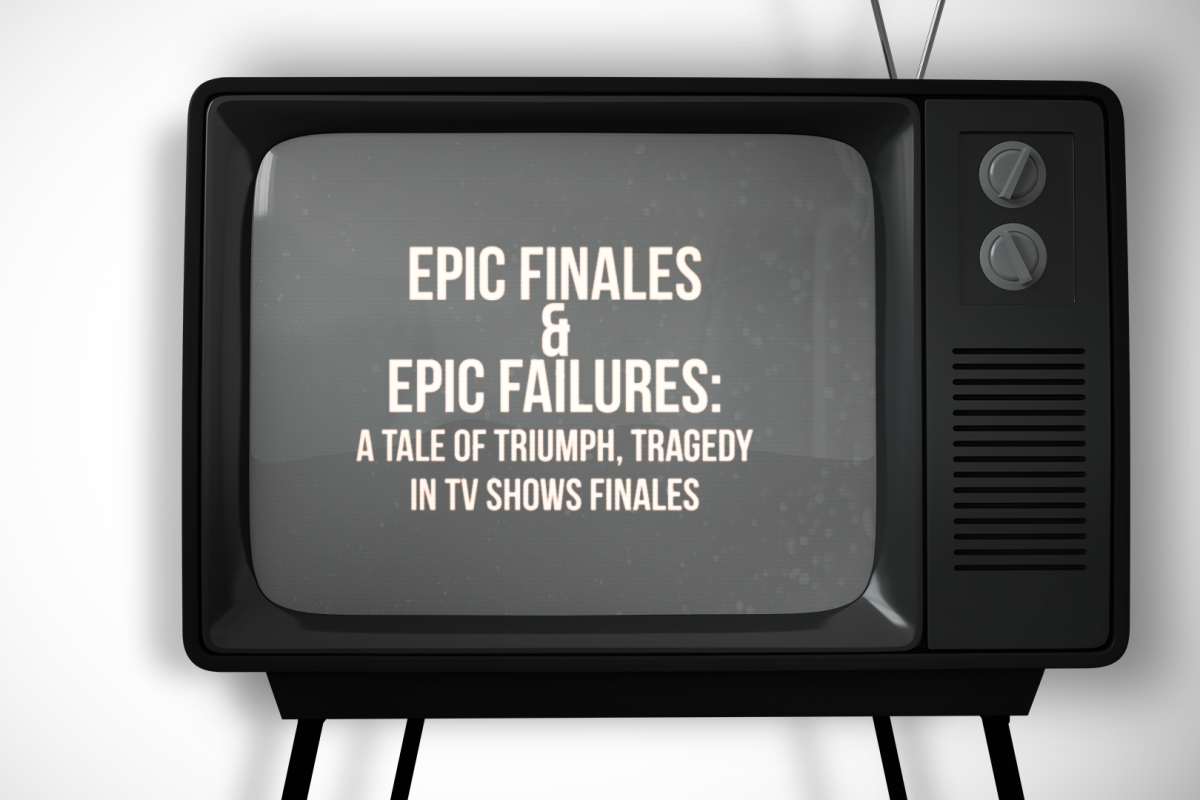
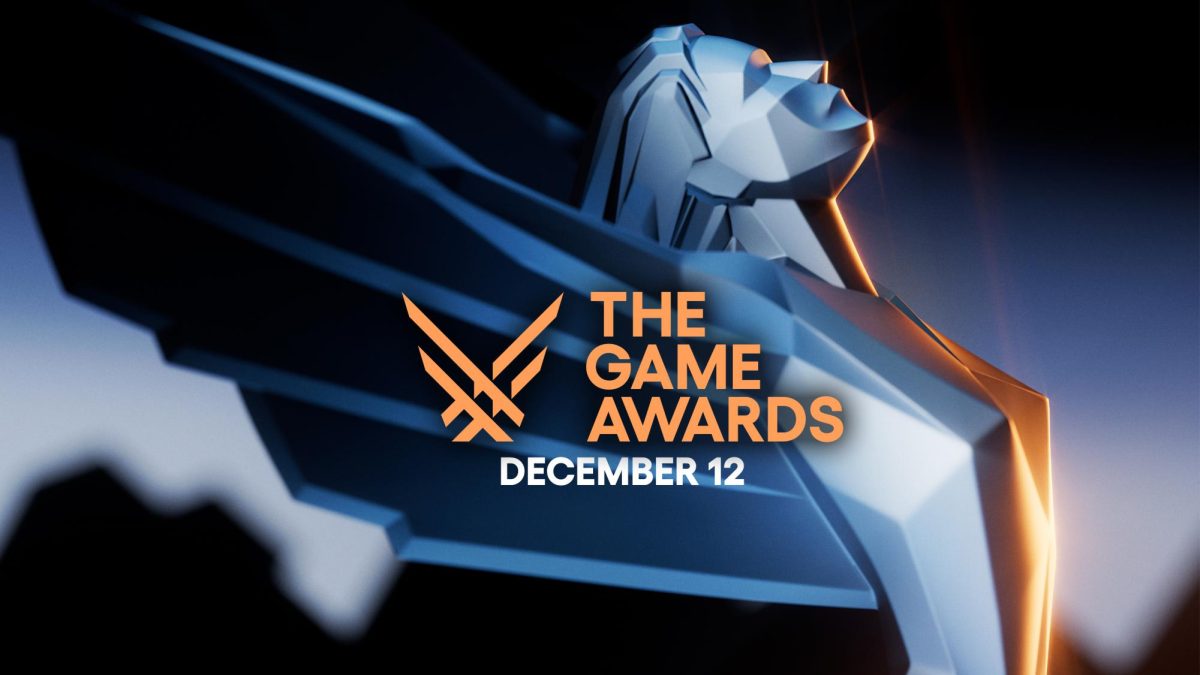
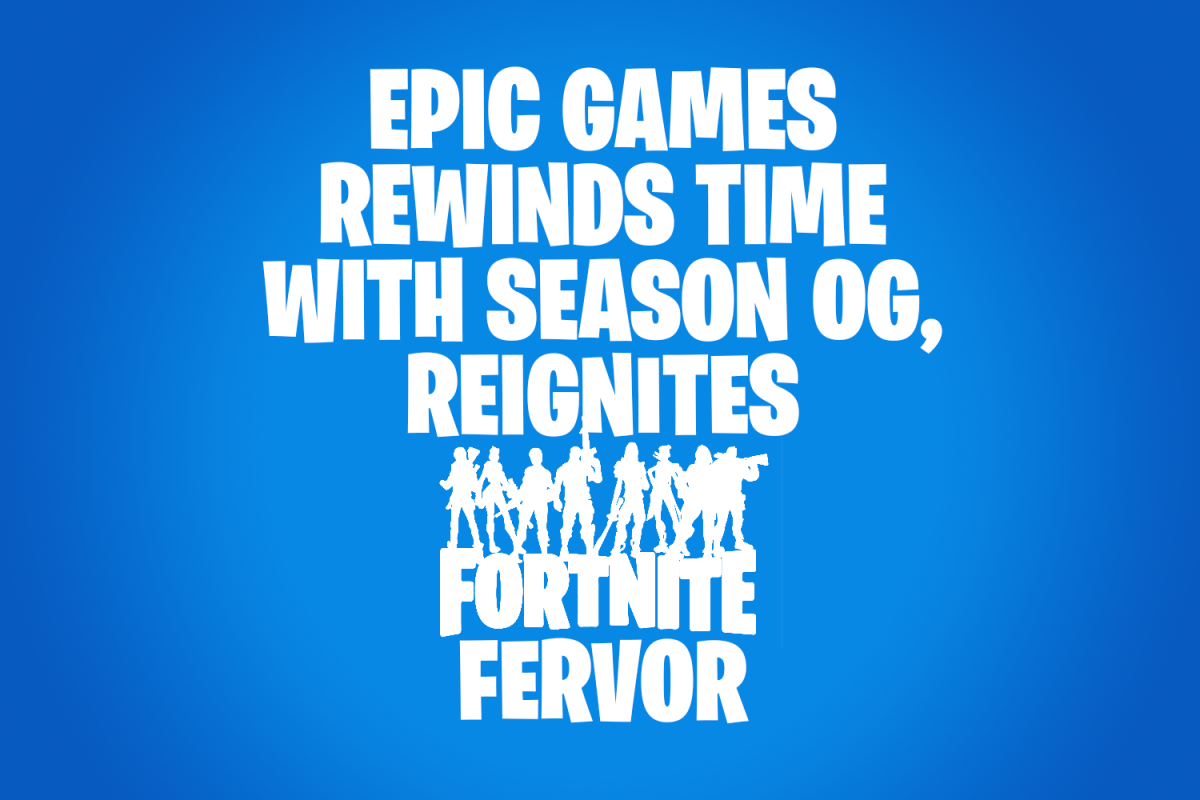
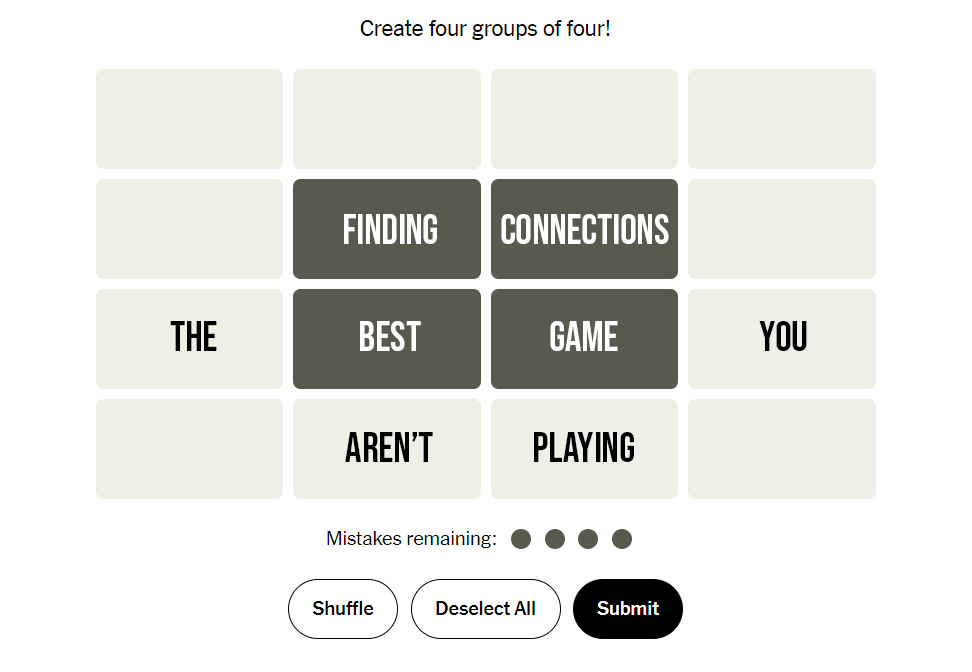
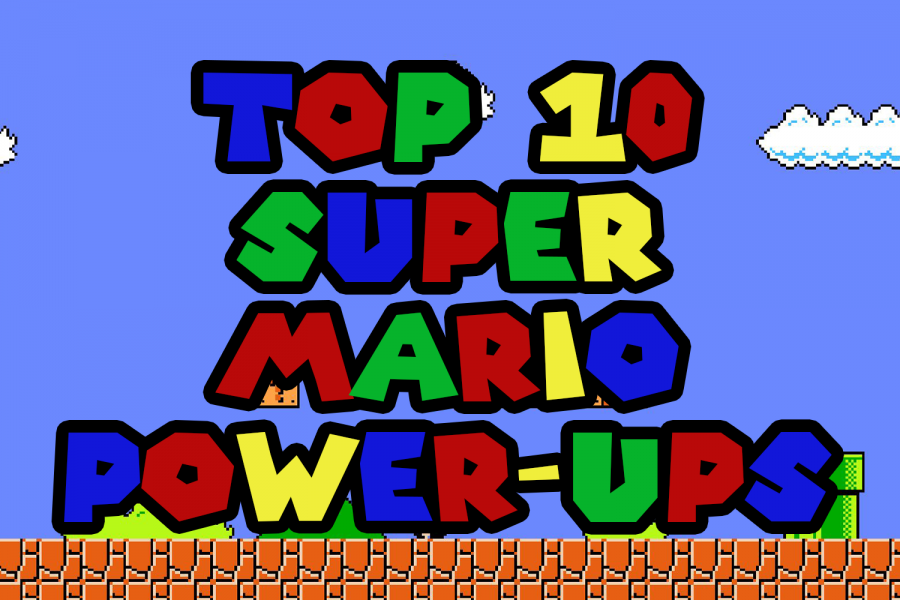
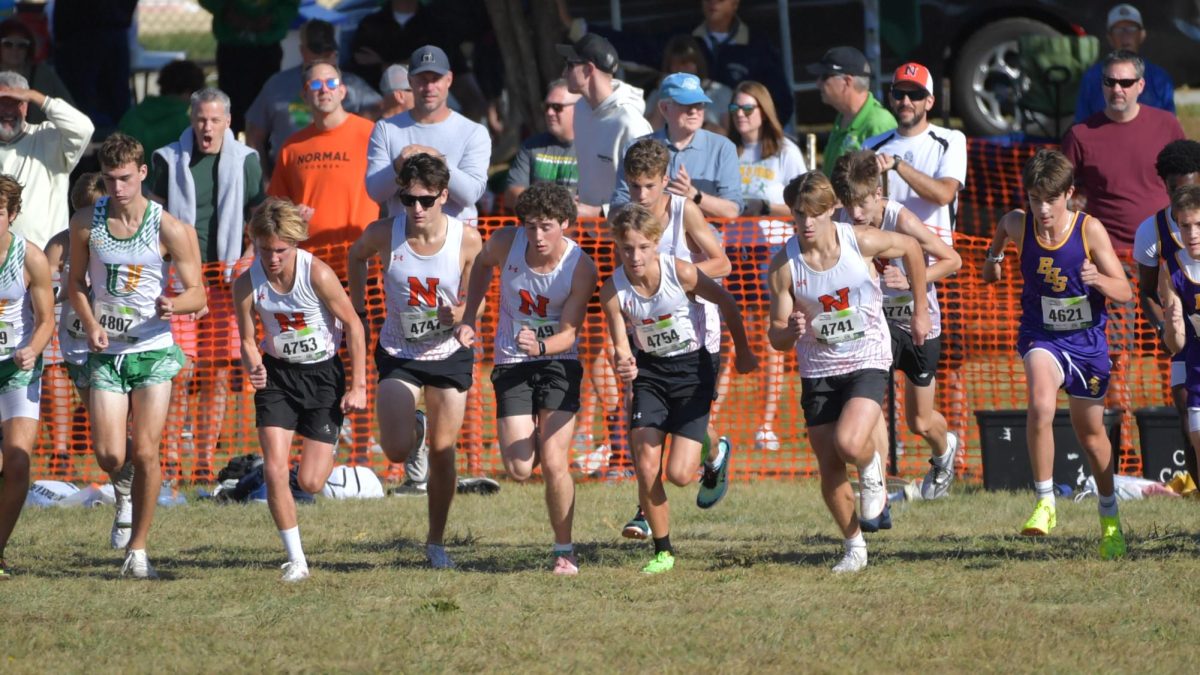
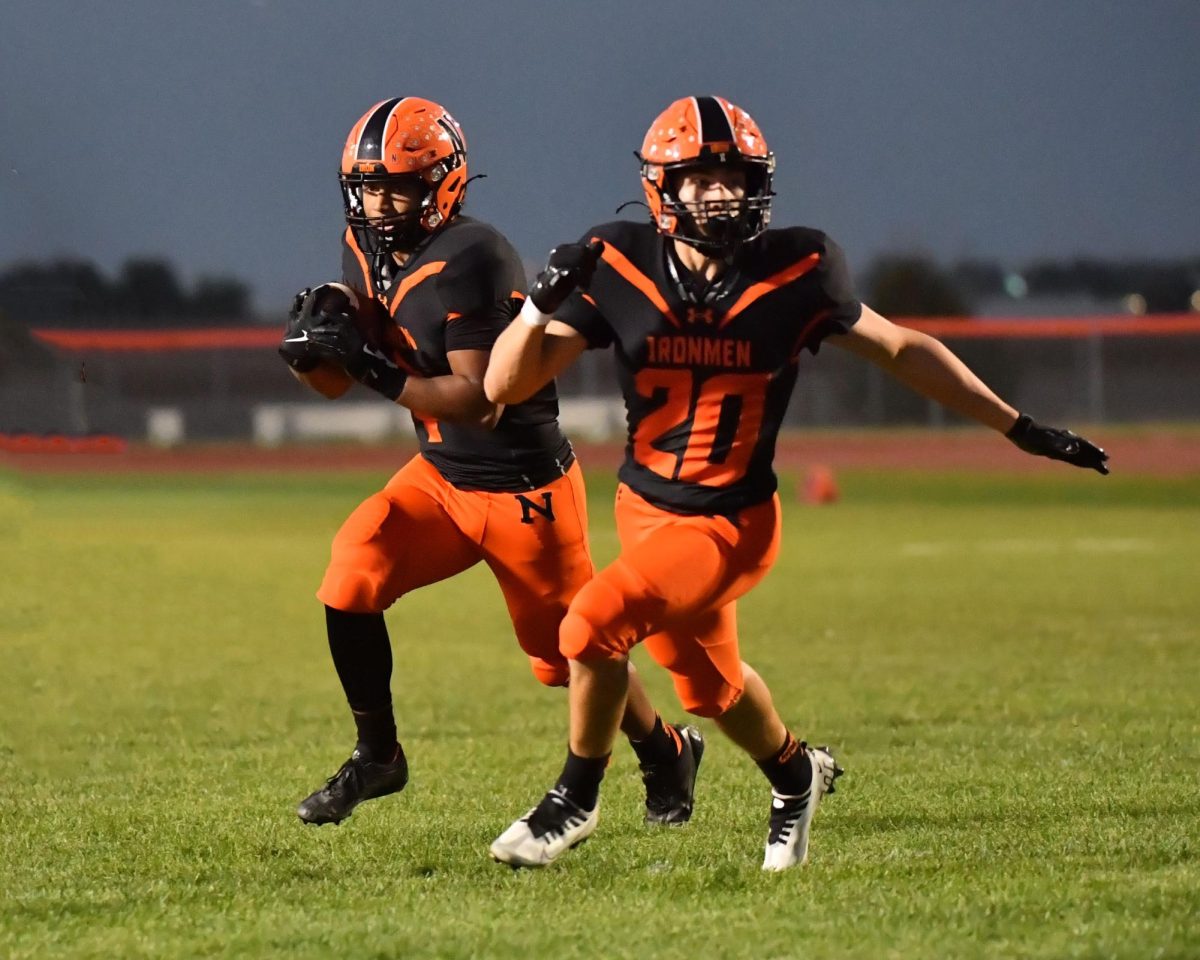
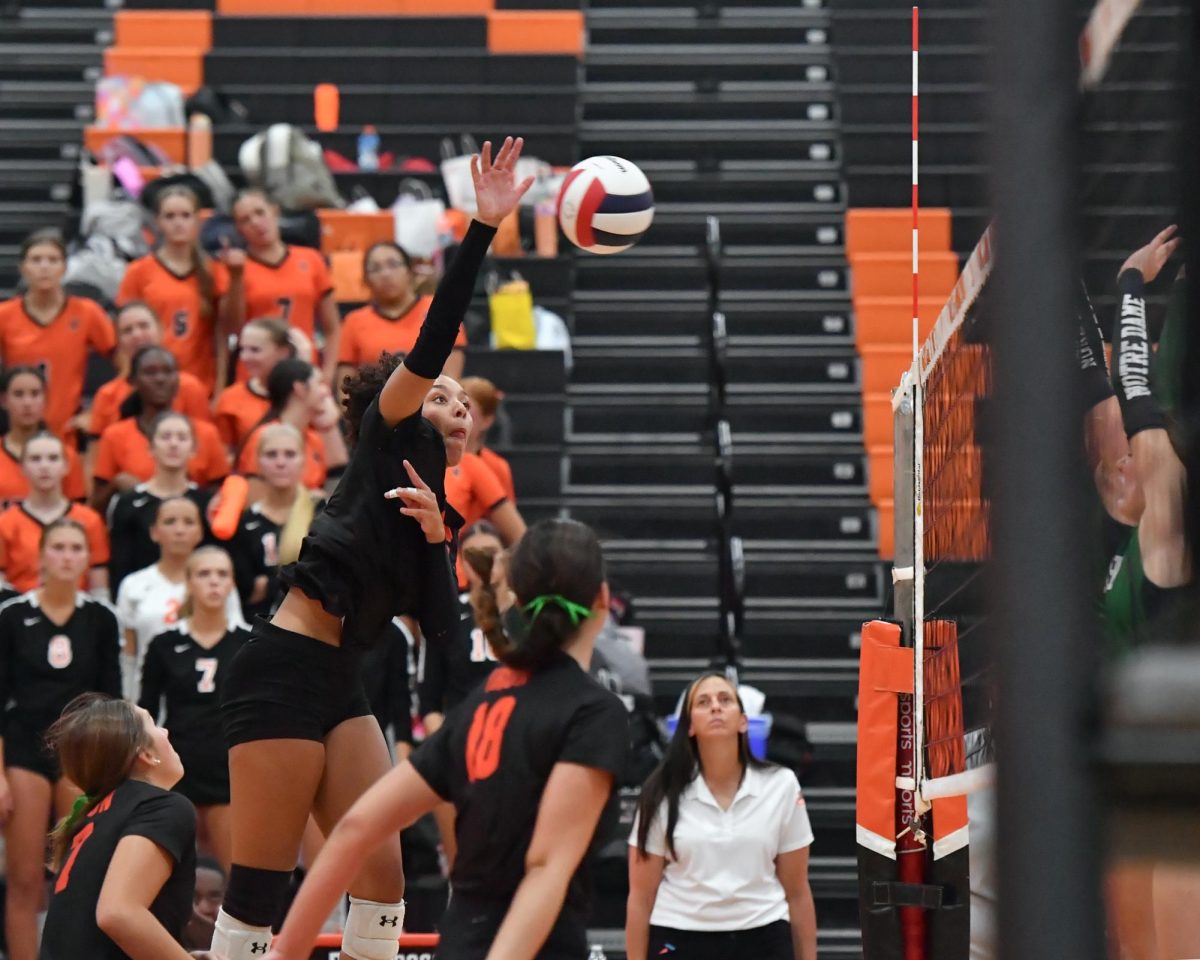
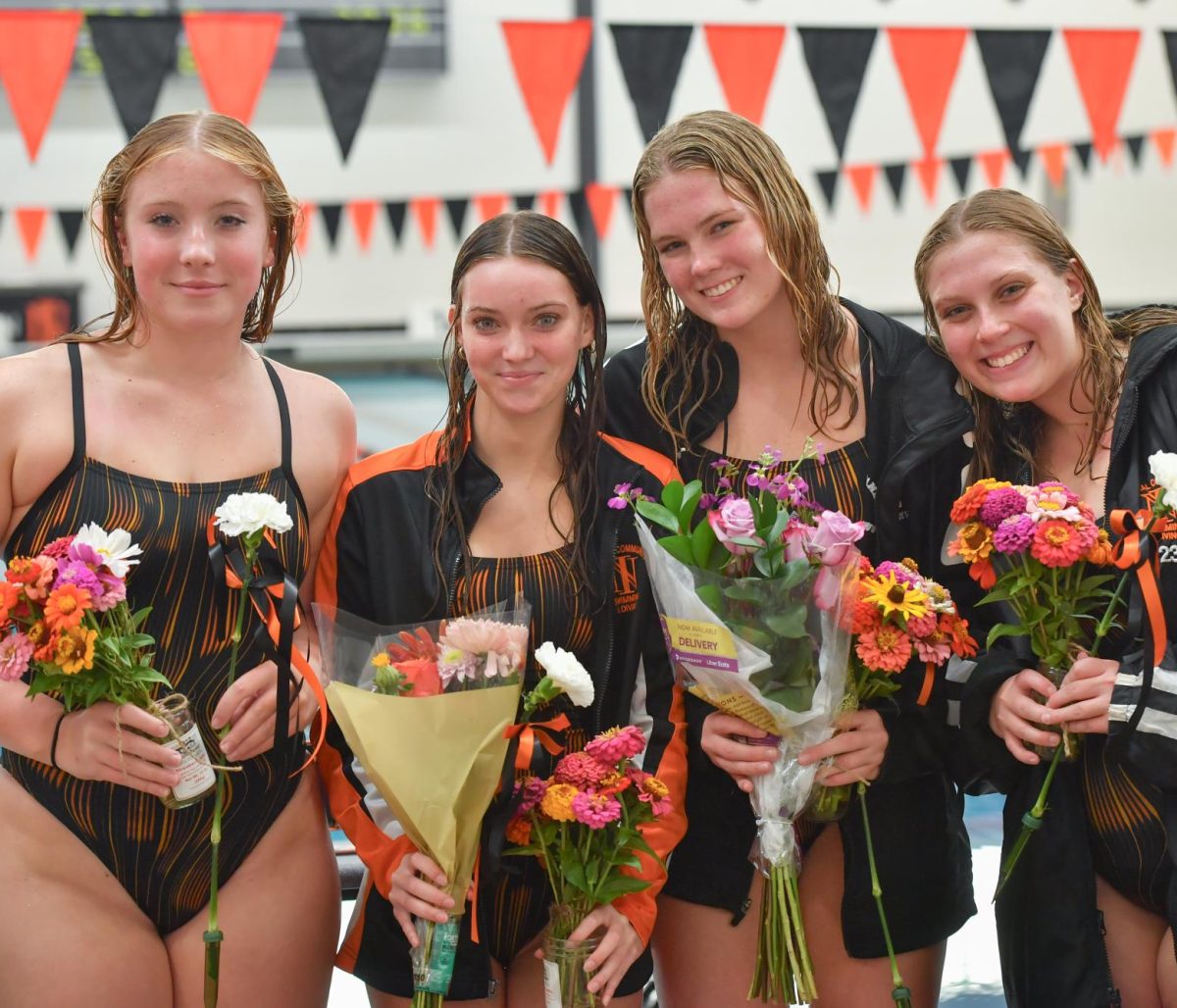
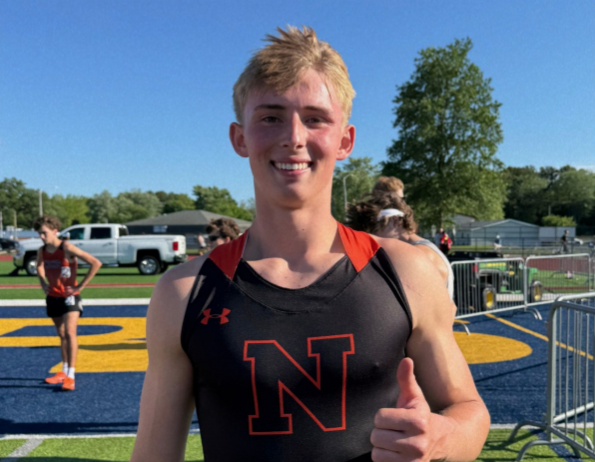
![Week 5: Coach Drengwitz previews the Ironmen’s matchup vs. Peoria Manual, recaps Week 4 [video]](https://nchsinkspot.com/wp-content/uploads/2025/09/Week-5-v-Rams-1200x675.png)

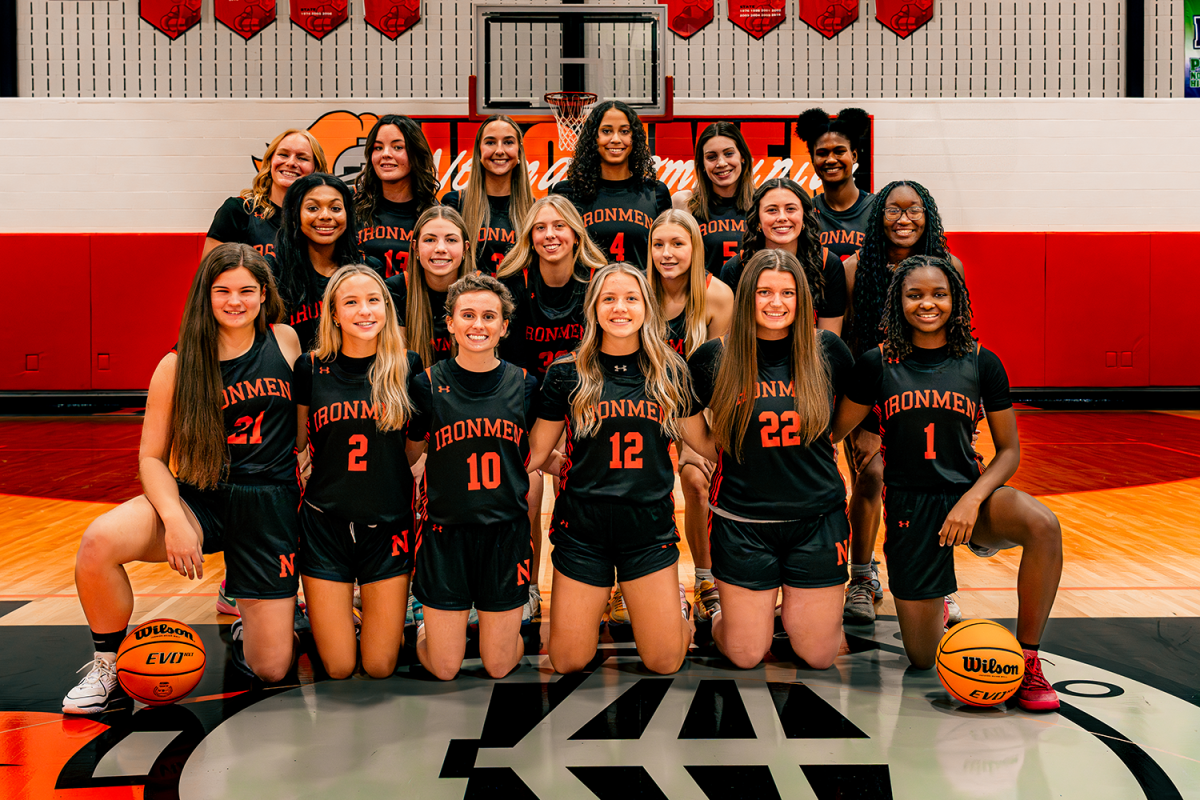
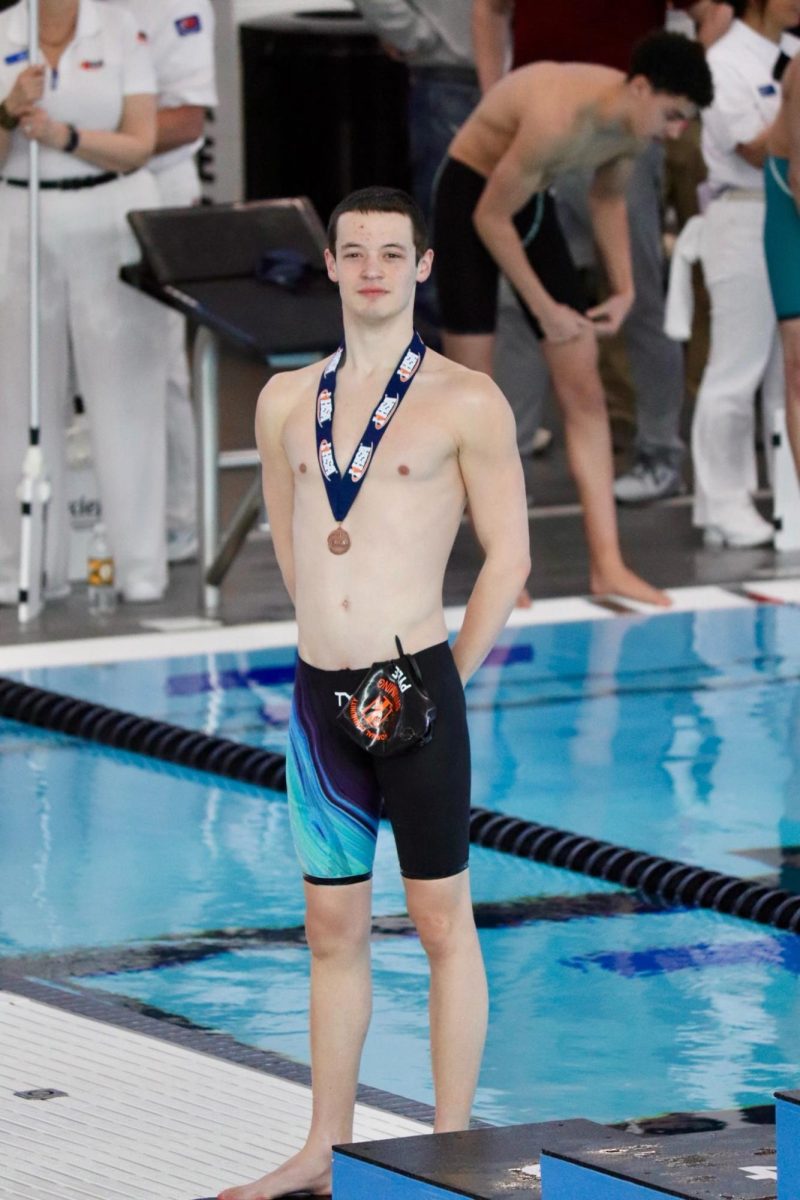
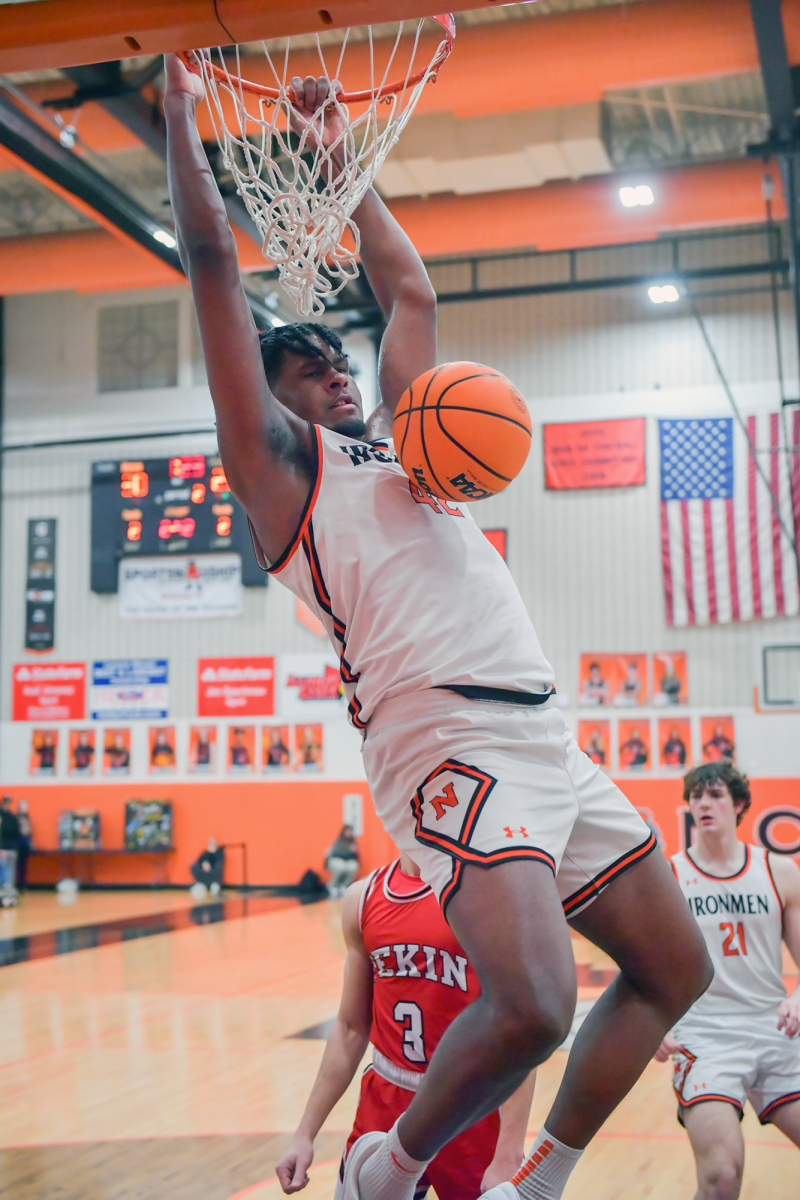
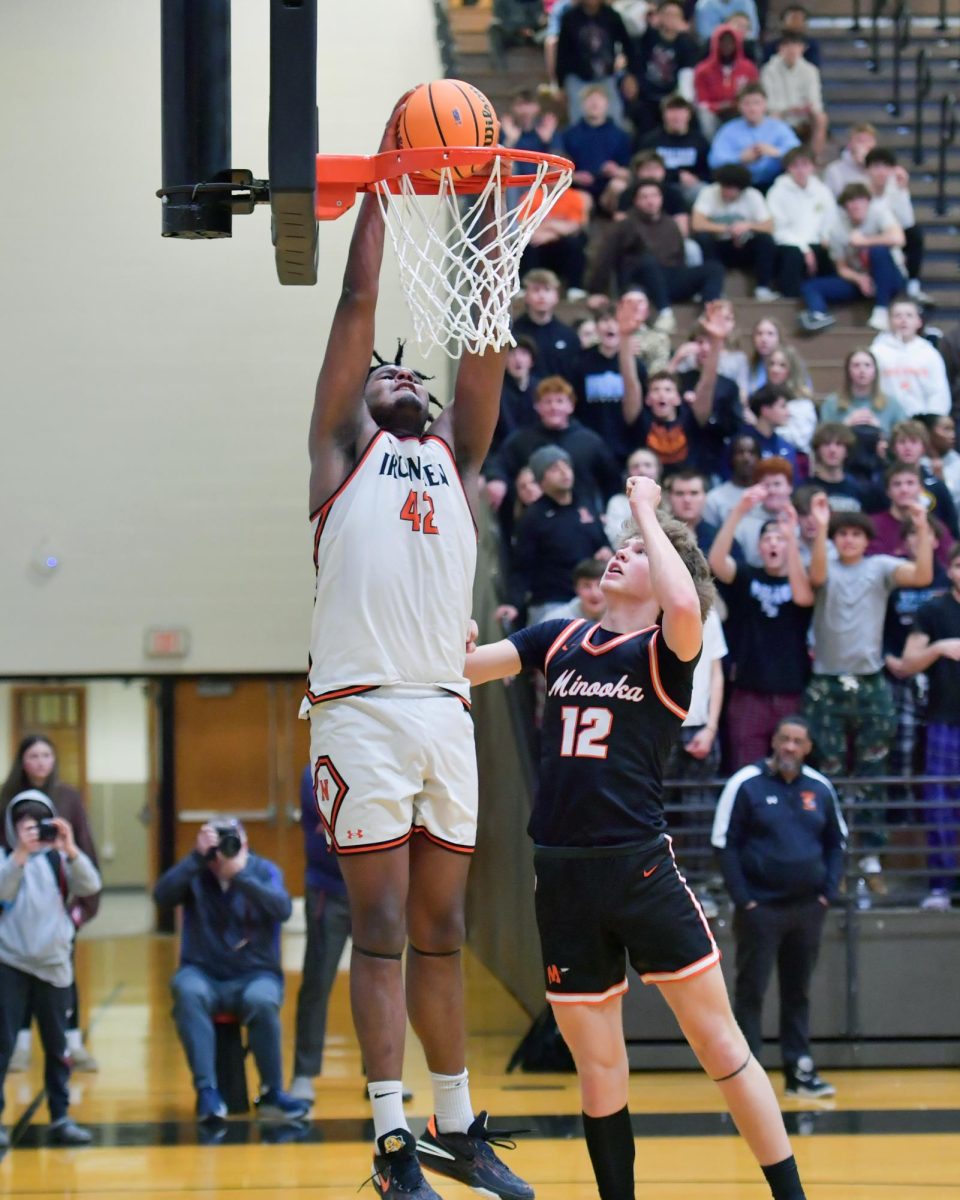
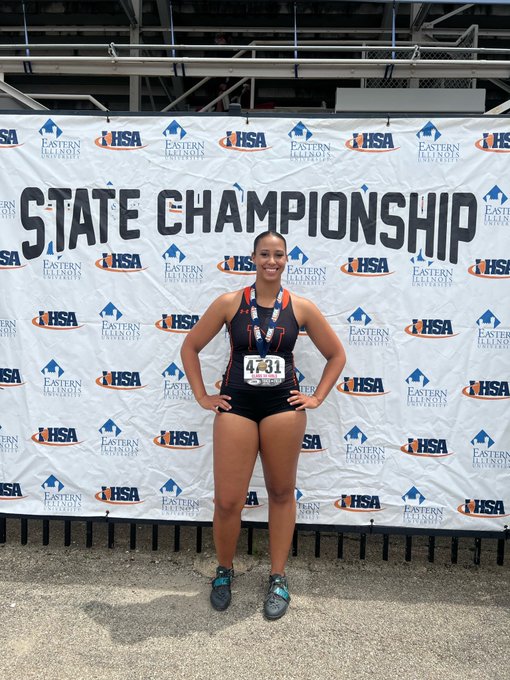

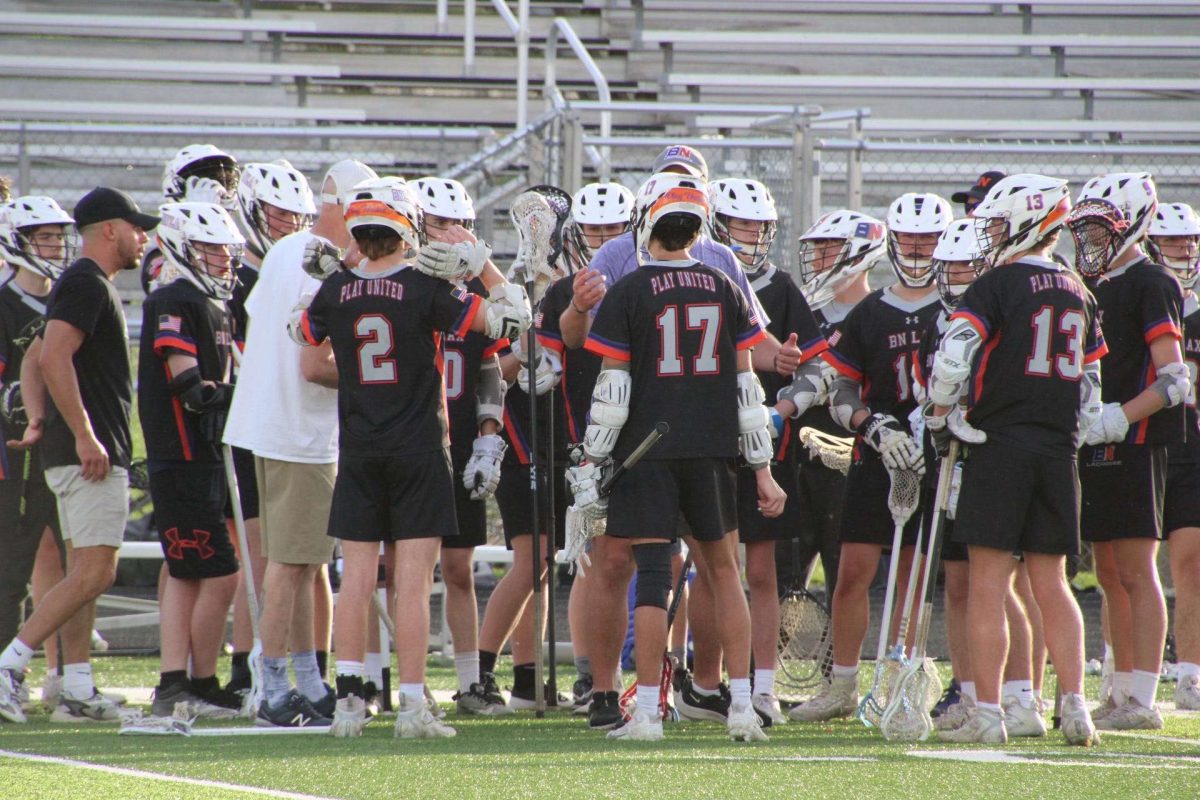
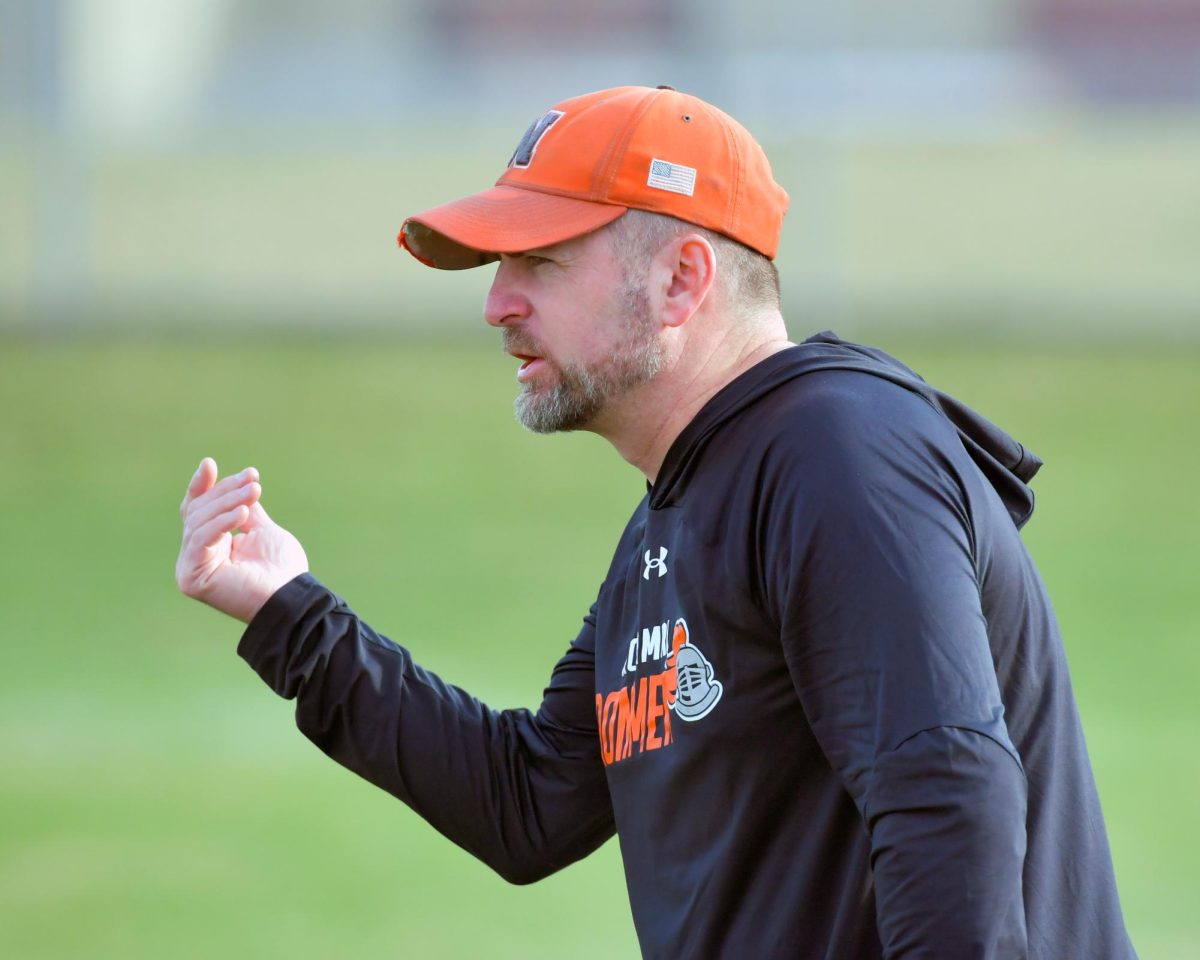

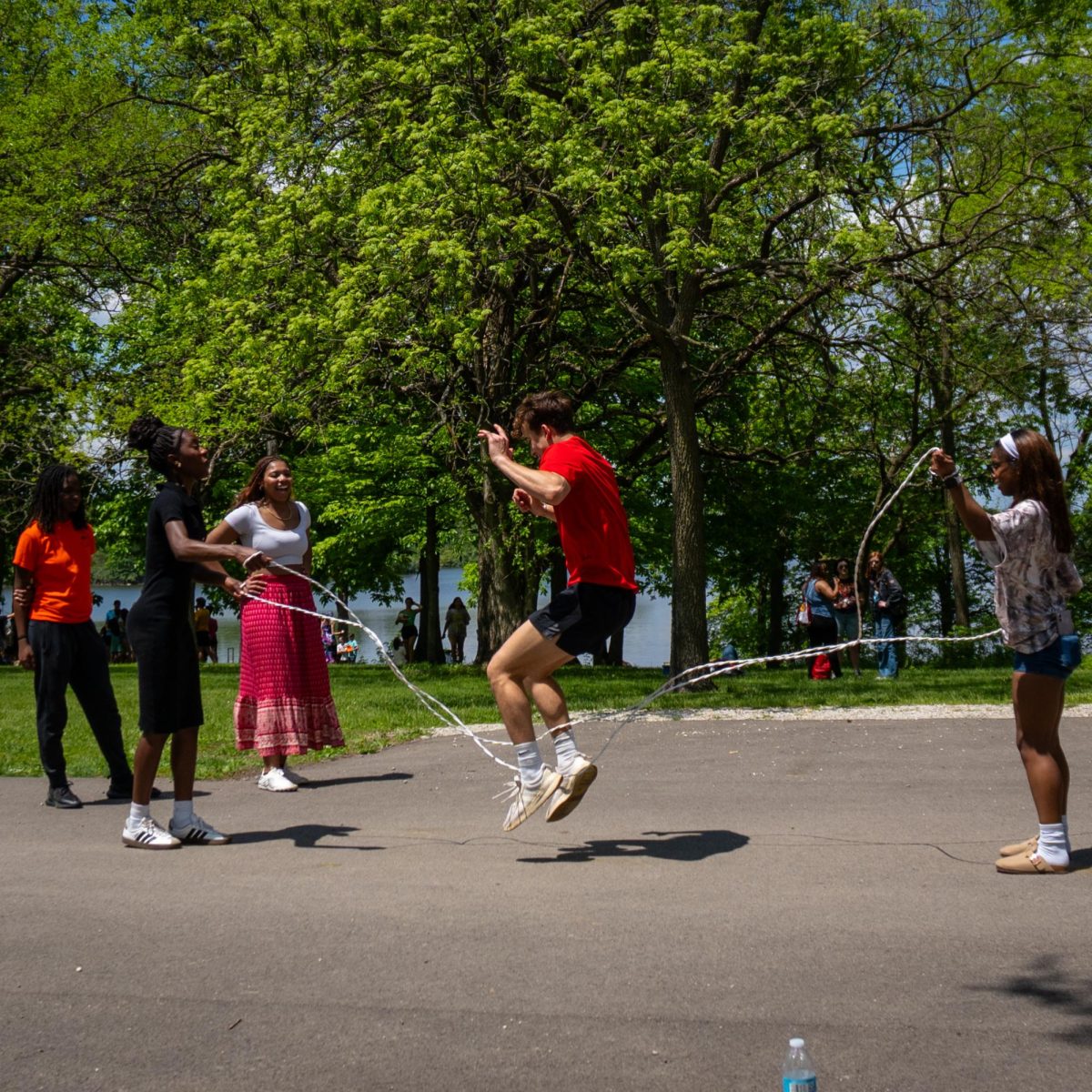
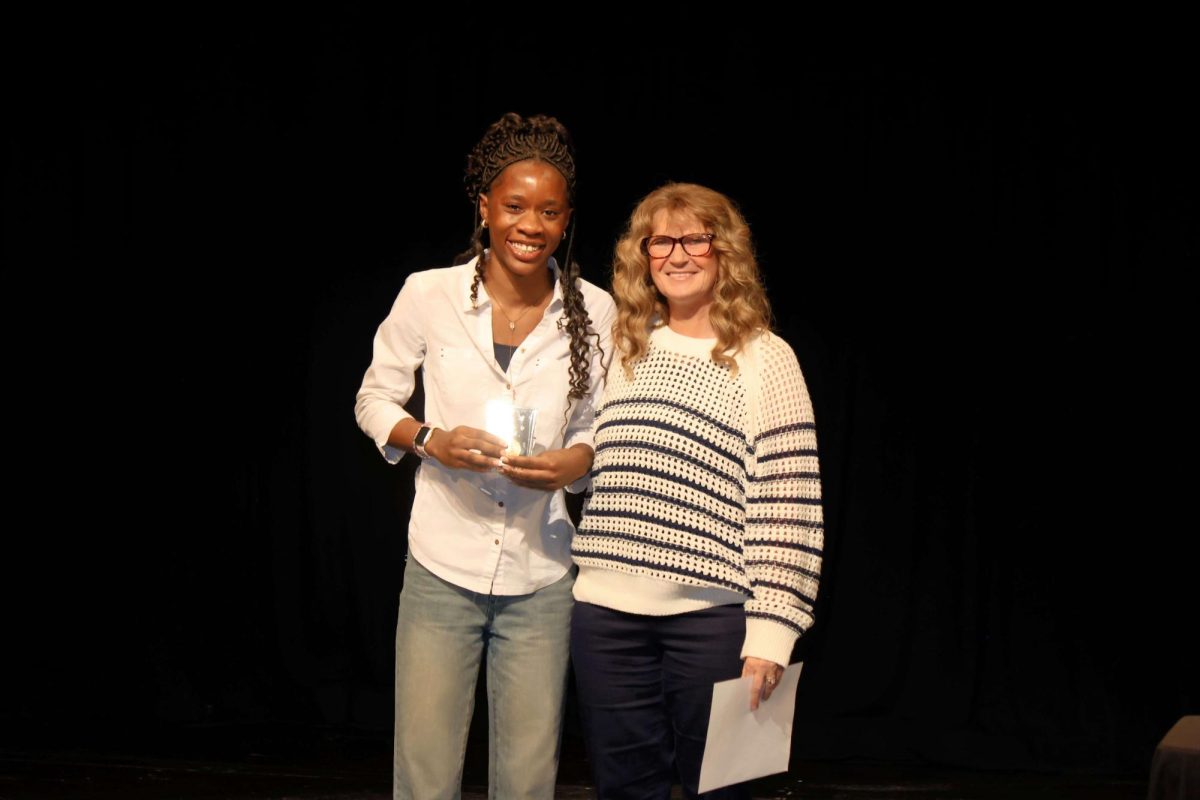
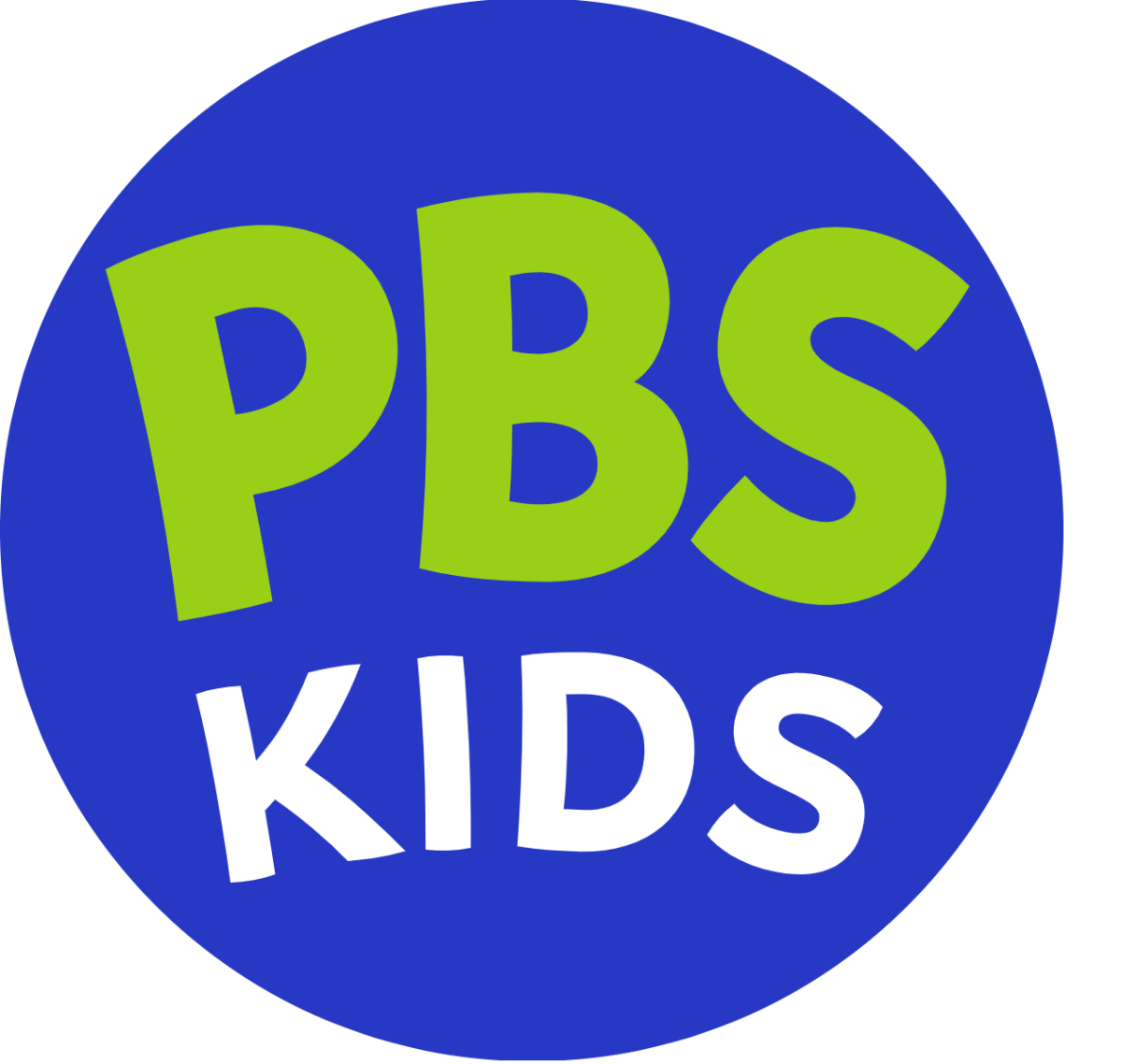
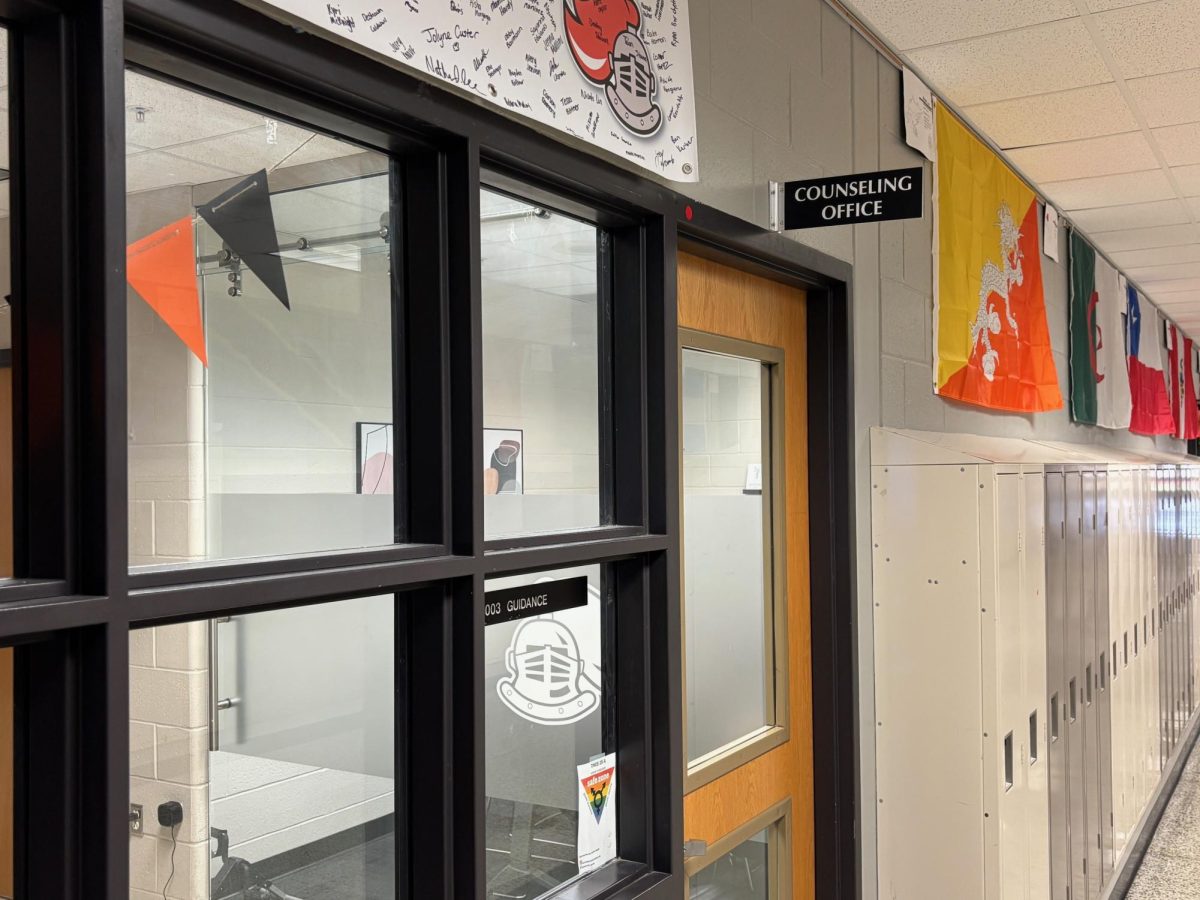
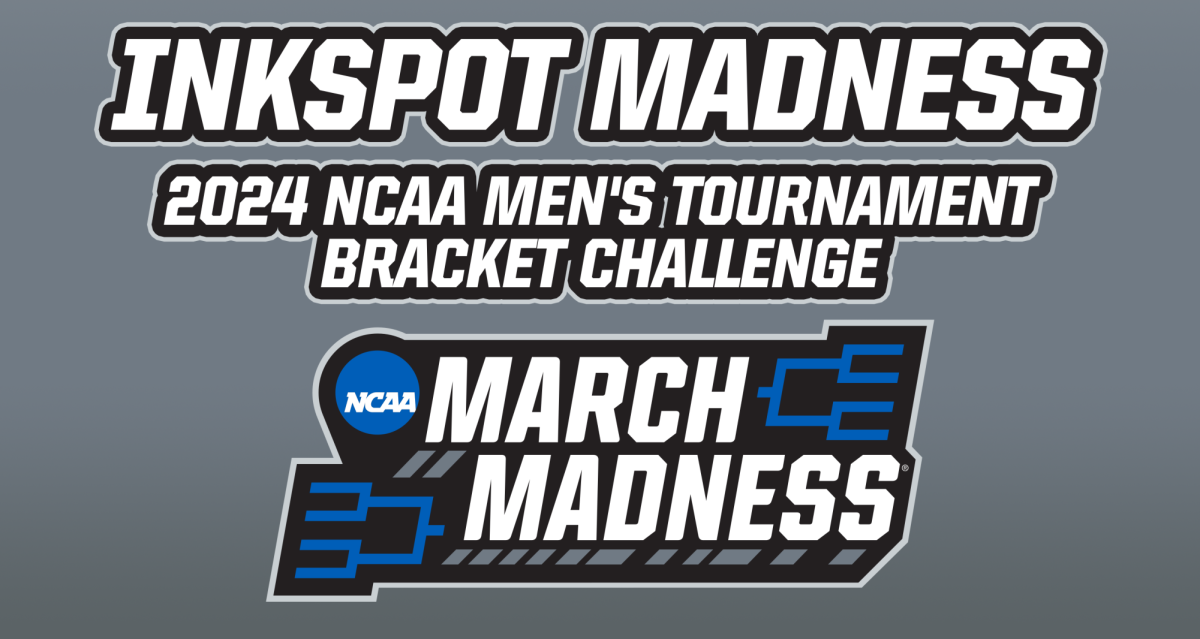
![Halloween candy cross section quiz [quiz]](https://nchsinkspot.com/wp-content/uploads/2022/10/Candy-cover-big-900x675.png)
![Average Jonah? [quiz]](https://nchsinkspot.com/wp-content/uploads/2022/05/average-jonah-900x600.png)

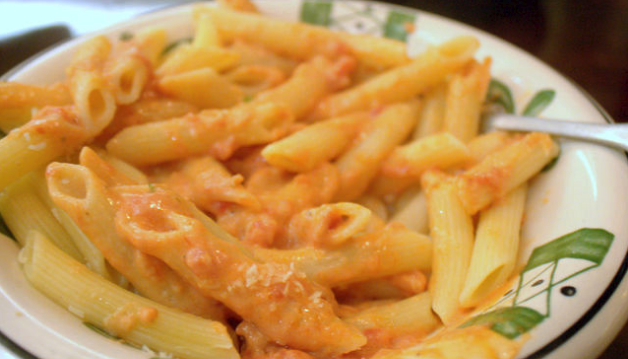
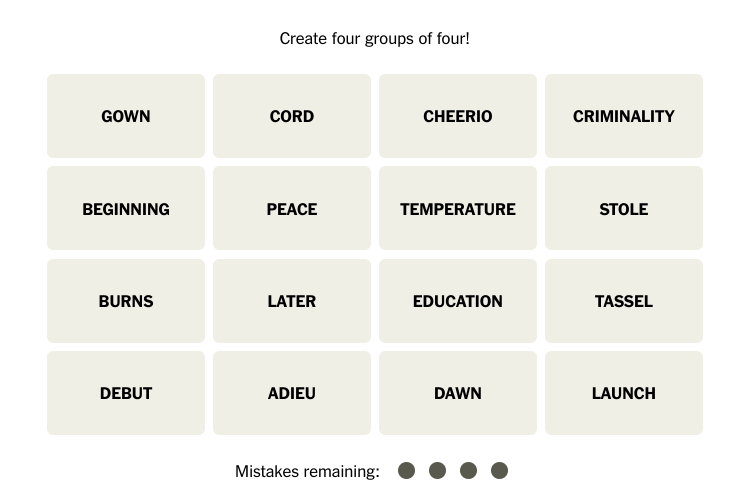
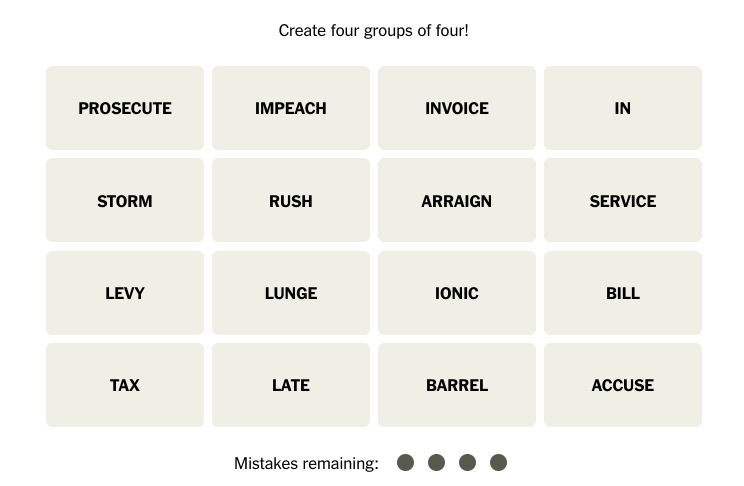


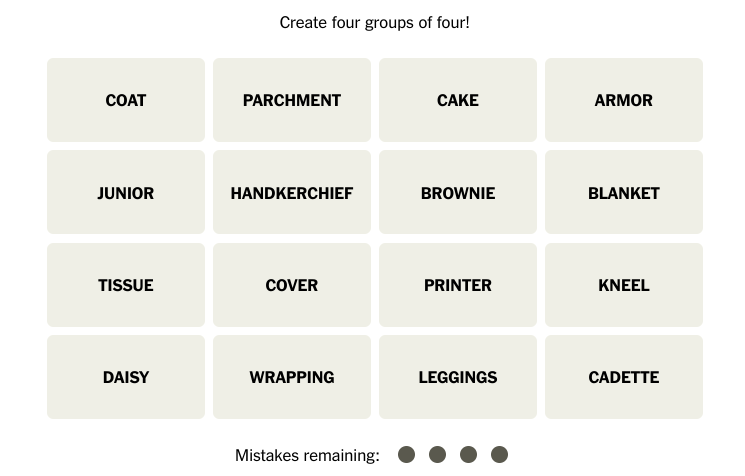
![[Photo Illustration]](https://nchsinkspot.com/wp-content/uploads/2025/09/trigger-words.png)

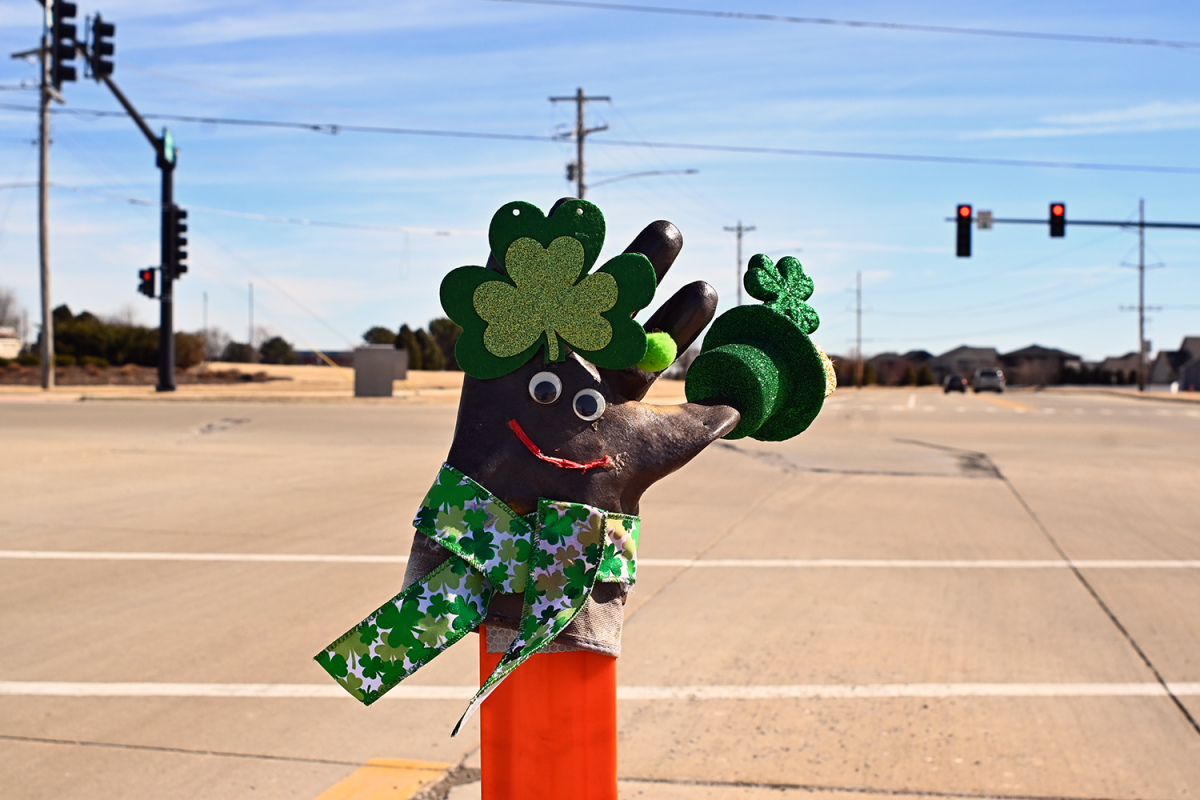
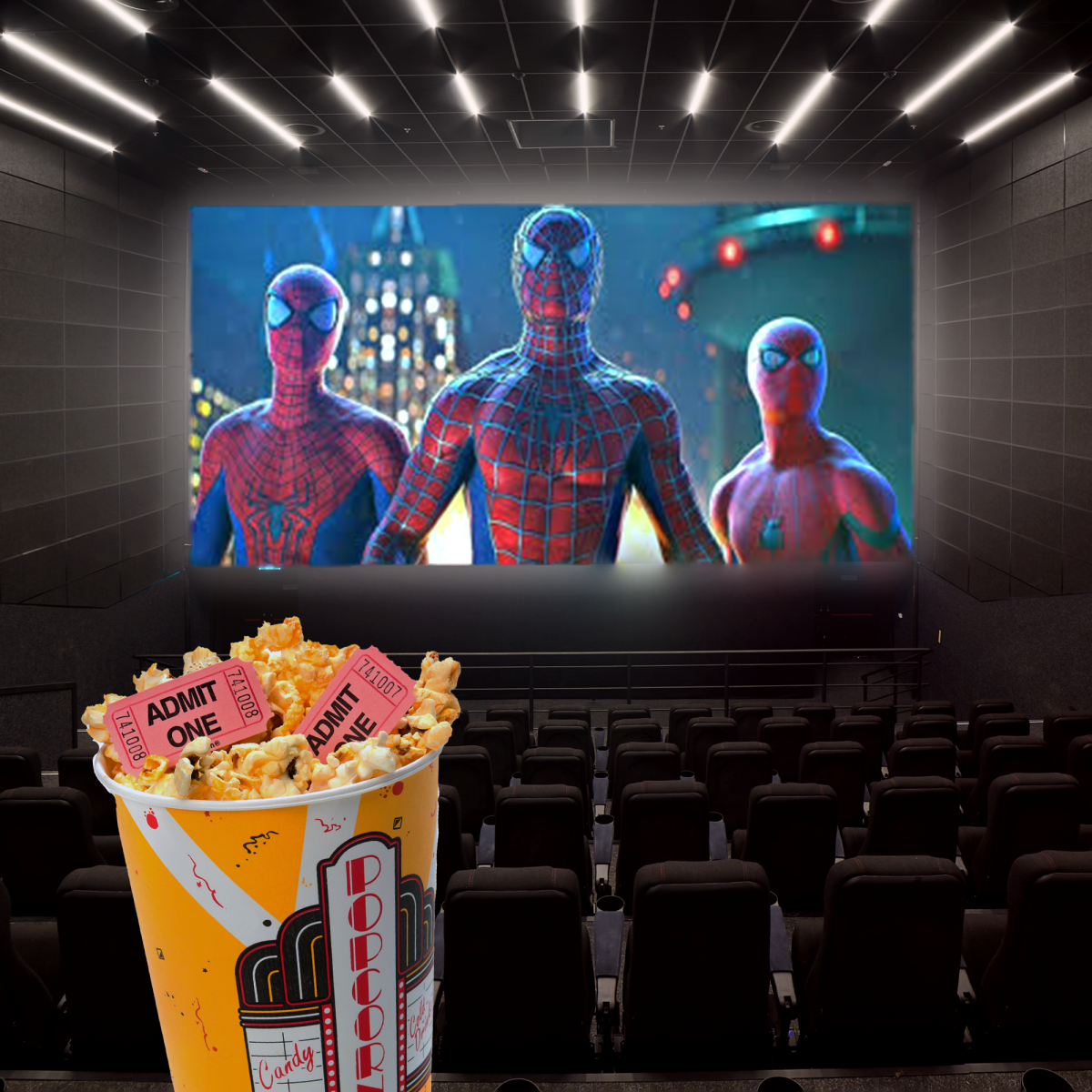
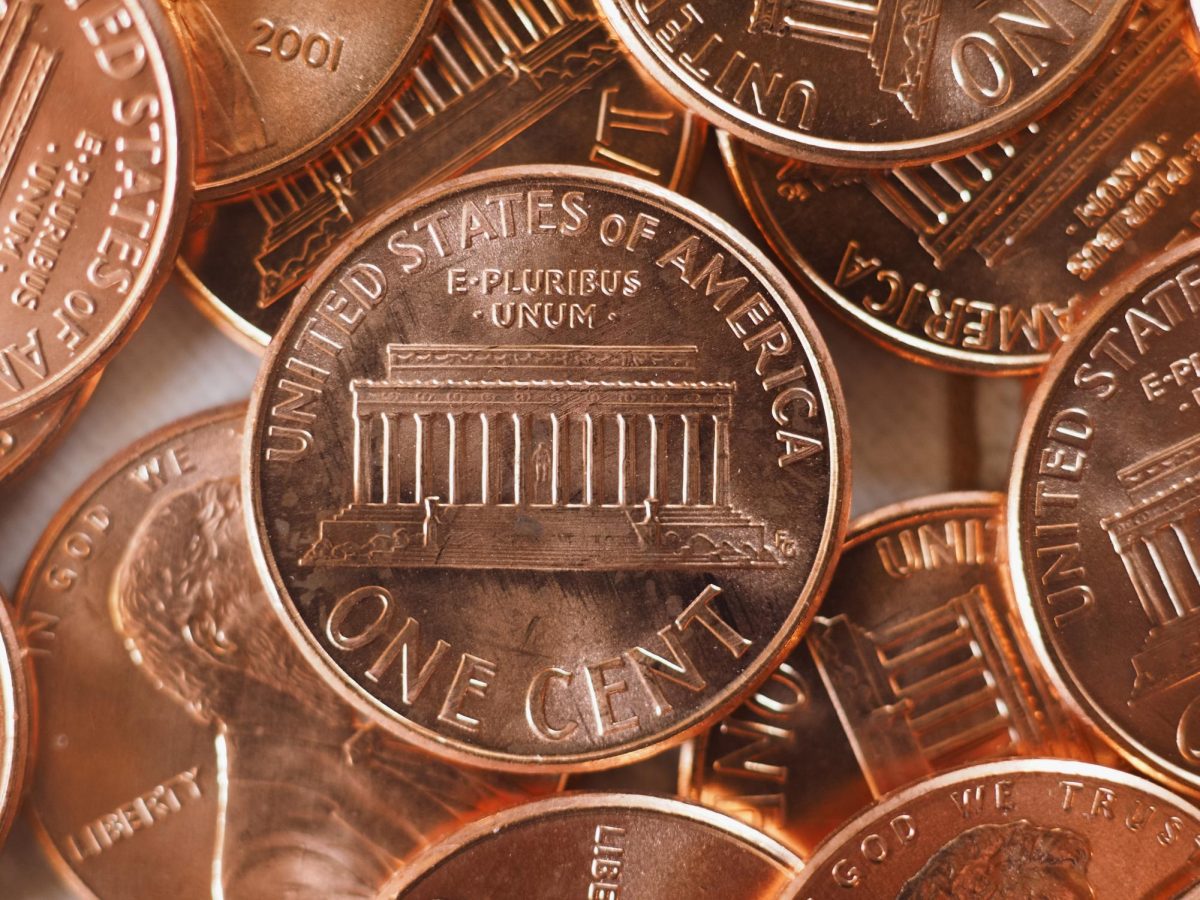

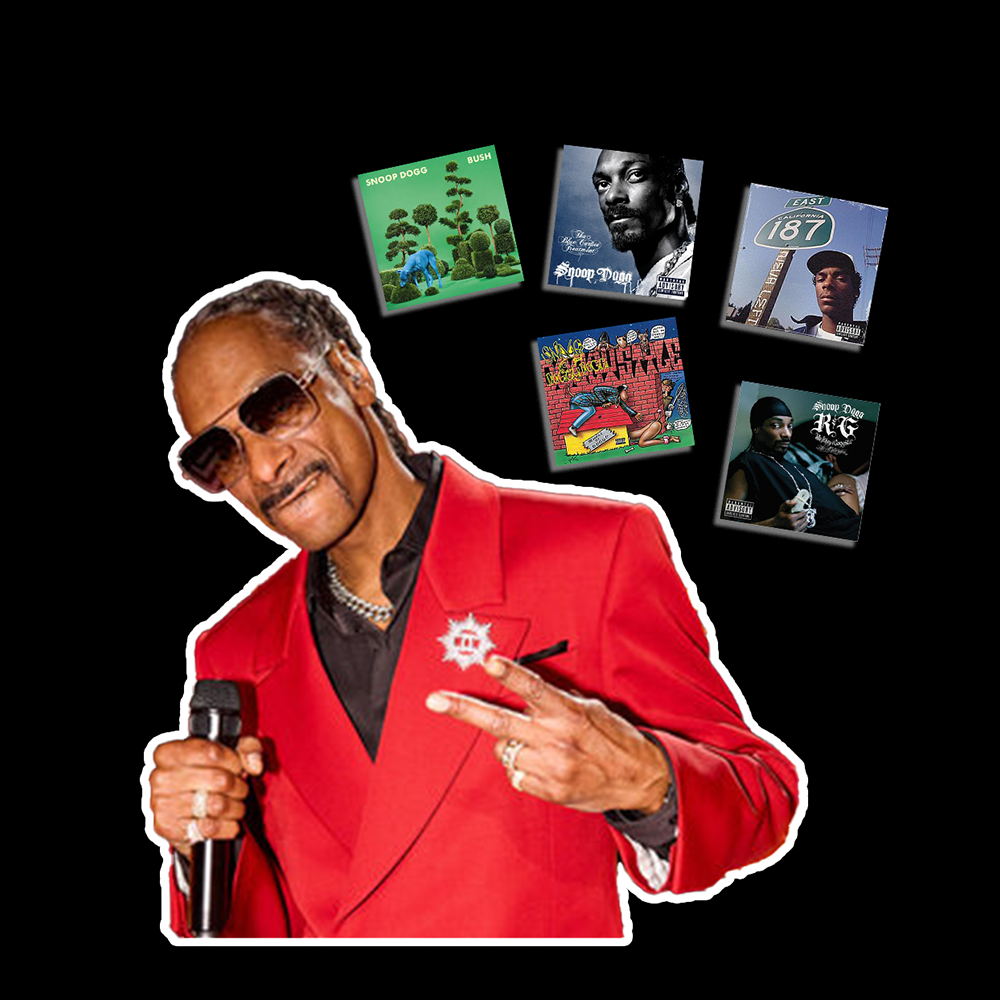

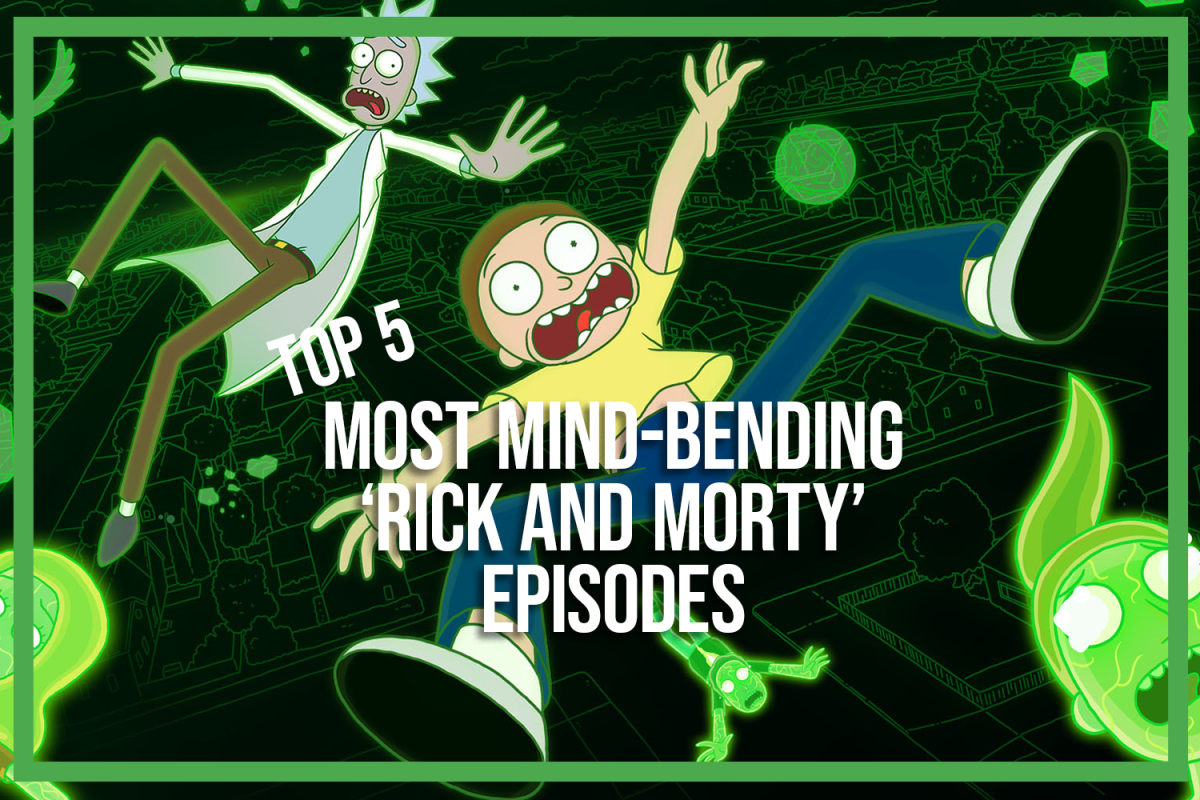
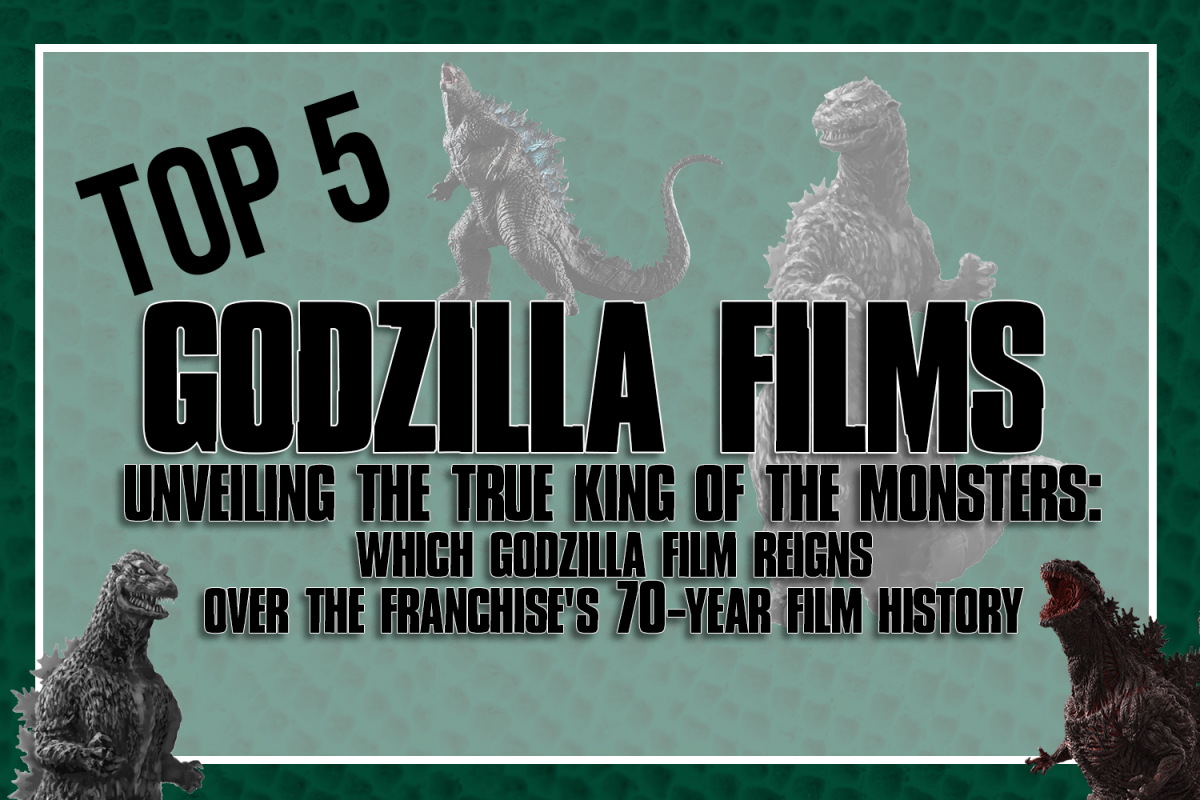

![Postgame reaction: Coach Drengwitz on Community’s 28-17 Loss to Kankakee [video]](https://nchsinkspot.com/wp-content/uploads/2025/09/Week-4-postgame--1200x675.png)
![Week 4: Coach Drengwitz previews the Ironmen’s matchup vs. Kankakee [video]](https://nchsinkspot.com/wp-content/uploads/2025/09/Ironmen-v-Kankakee-video-1200x1200.png)
![Week 3: Coach Drengwitz previews the Ironmen’s matchup vs. Urbana [video]](https://nchsinkspot.com/wp-content/uploads/2025/09/week-3-web-1200x1200.png)

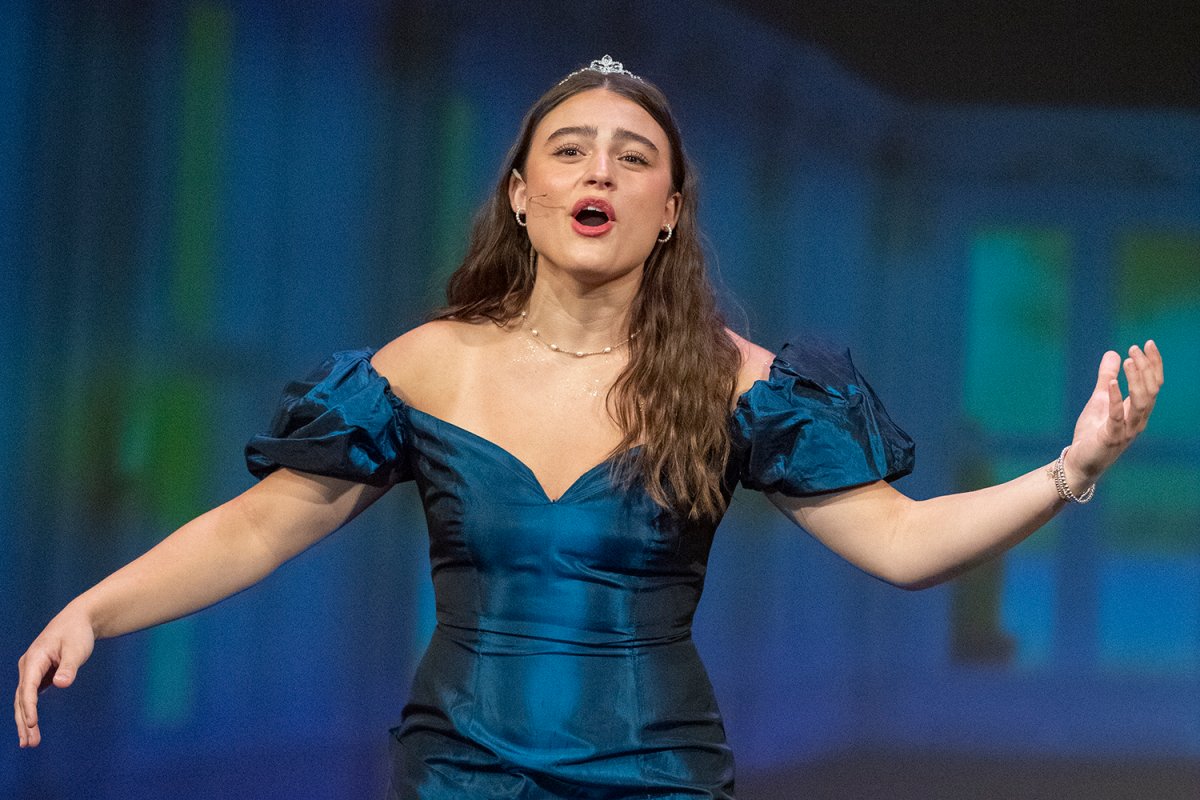



![On the Spot: This or That – Halloween [video]](https://nchsinkspot.com/wp-content/uploads/2024/10/tot-Halloween-YT-1200x675.png)
![On the Spot: This or That – Fall favorites [video]](https://nchsinkspot.com/wp-content/uploads/2024/10/ots-fall-web-1200x800.png)
![On the Spot – Teachers tested on 2023’s hottest words [video]](https://nchsinkspot.com/wp-content/uploads/2024/01/On-the-Spot-Teachers-tested-1200x675.png)
